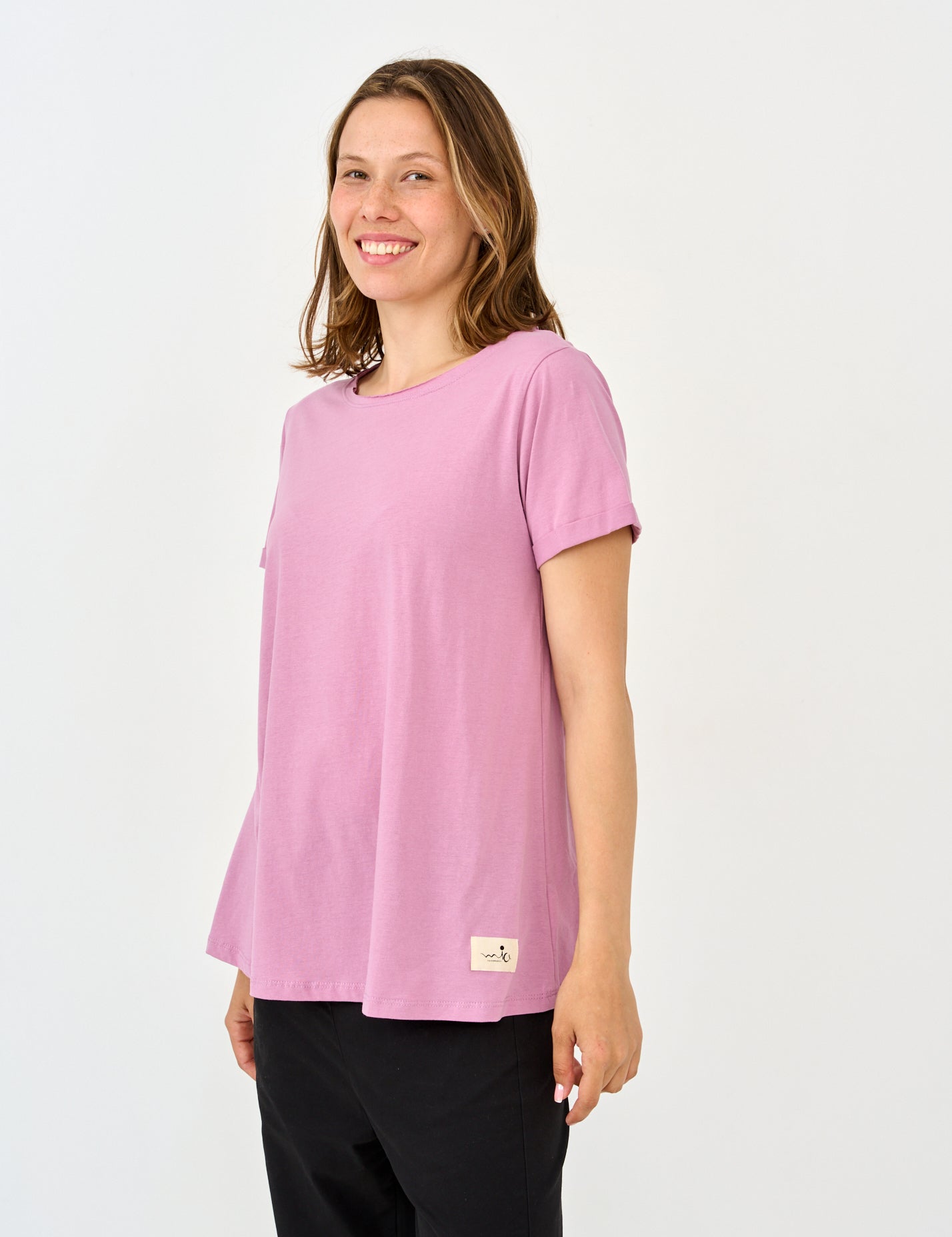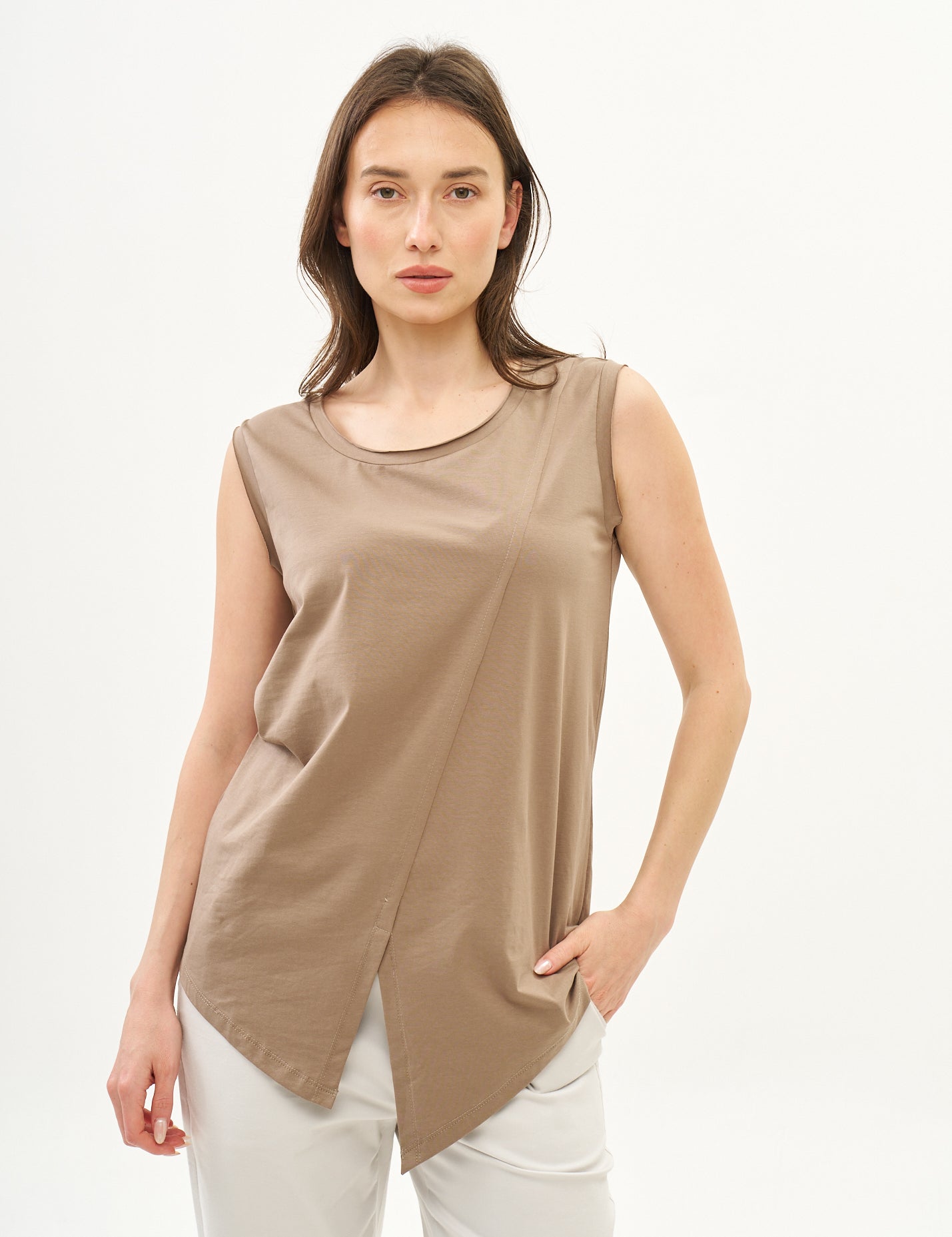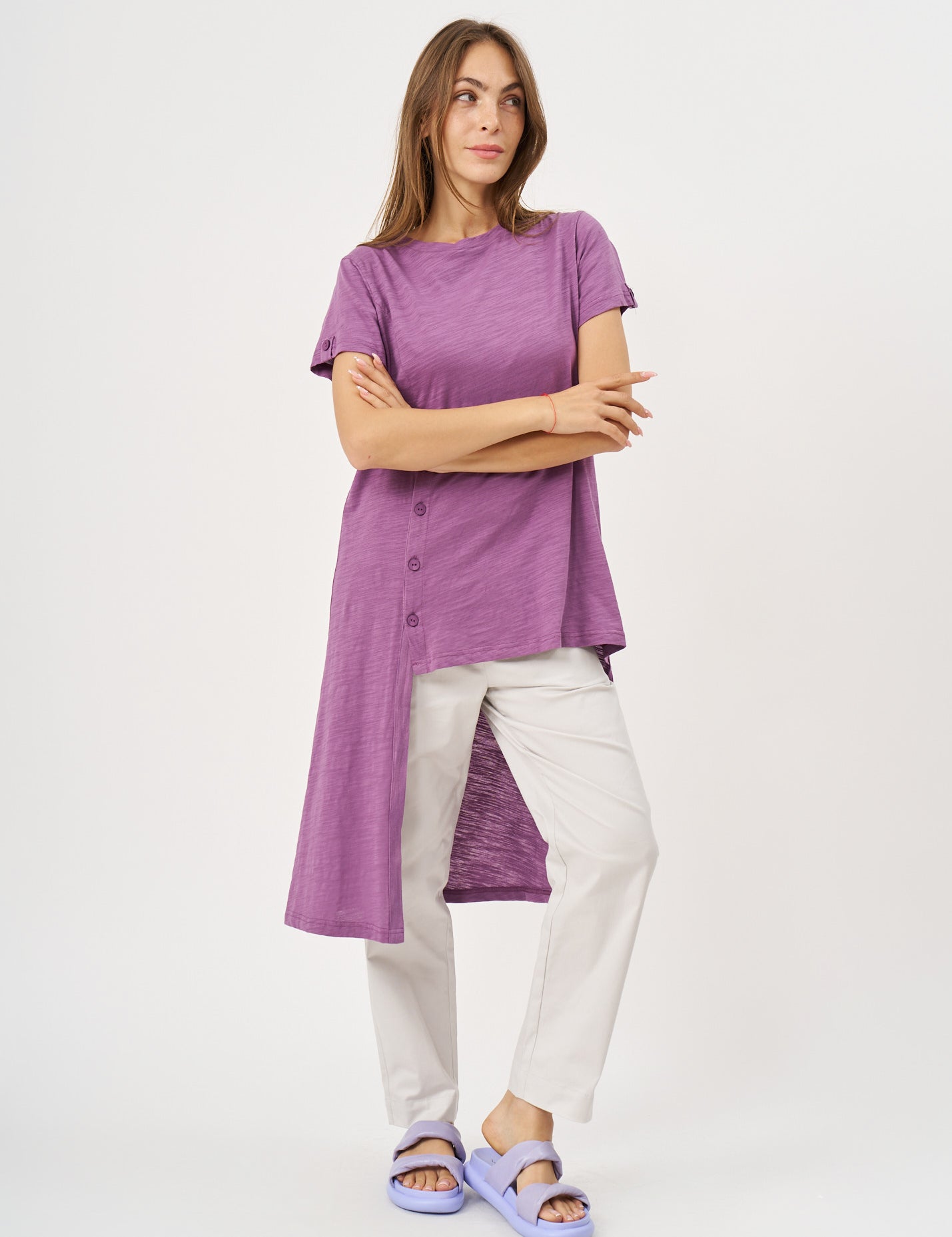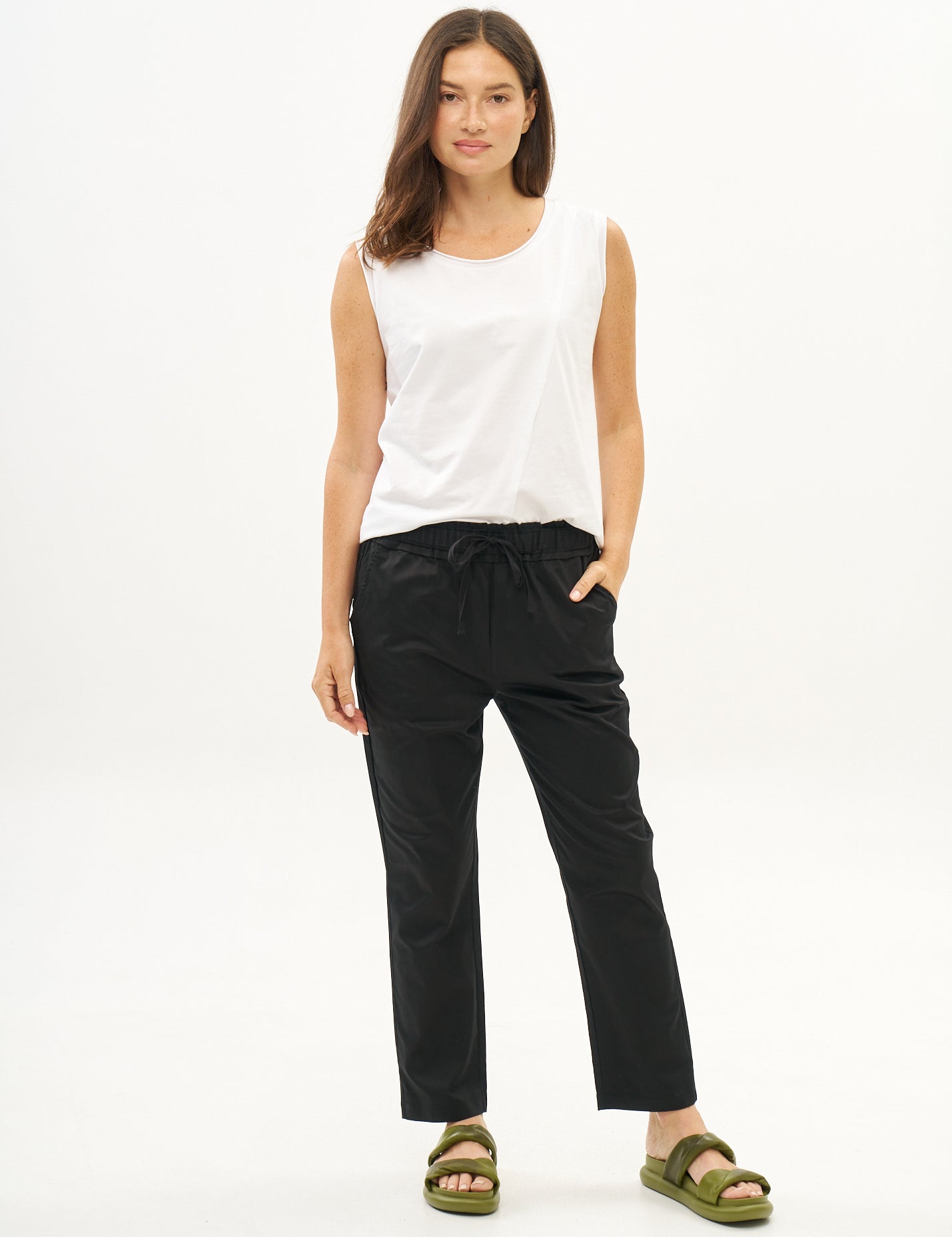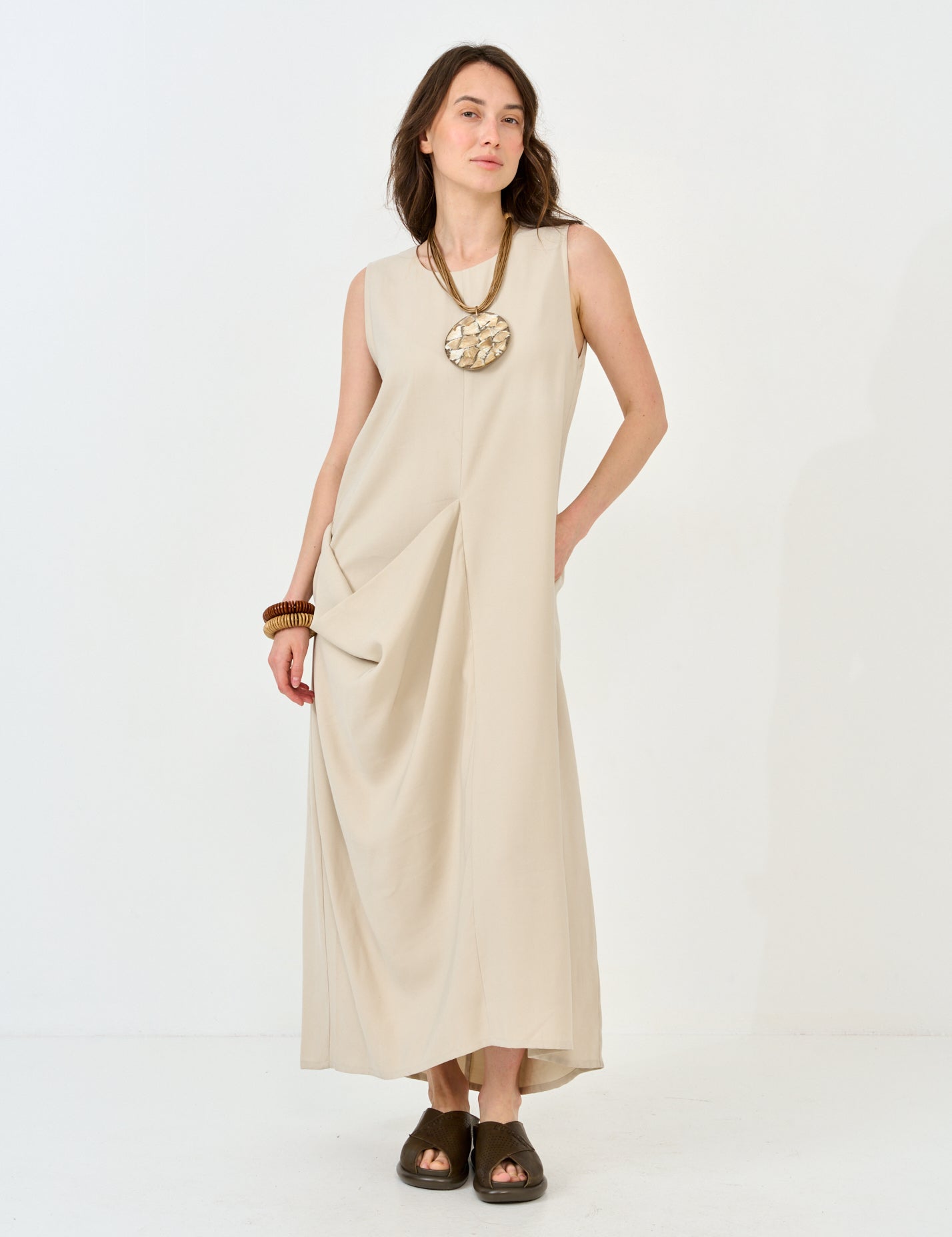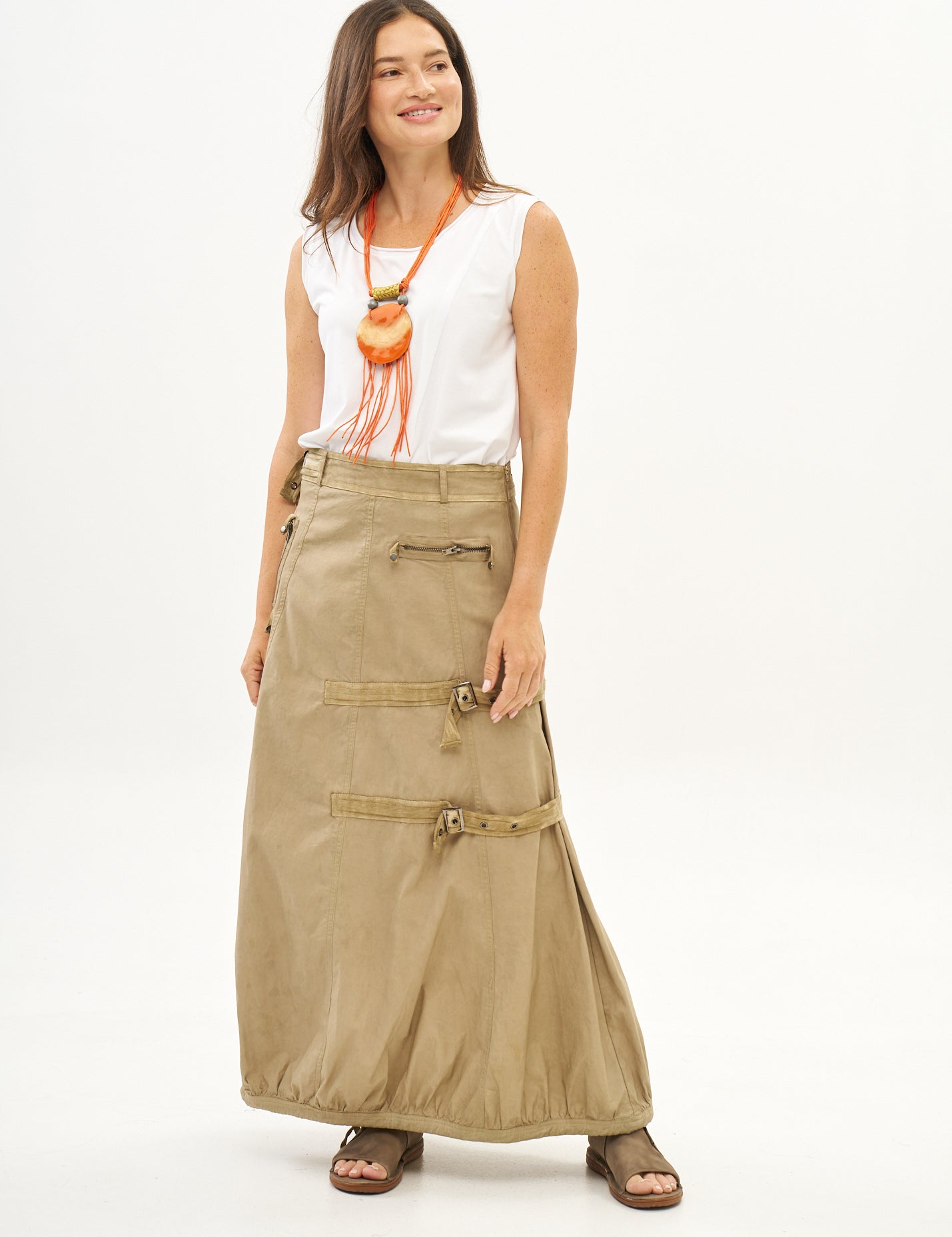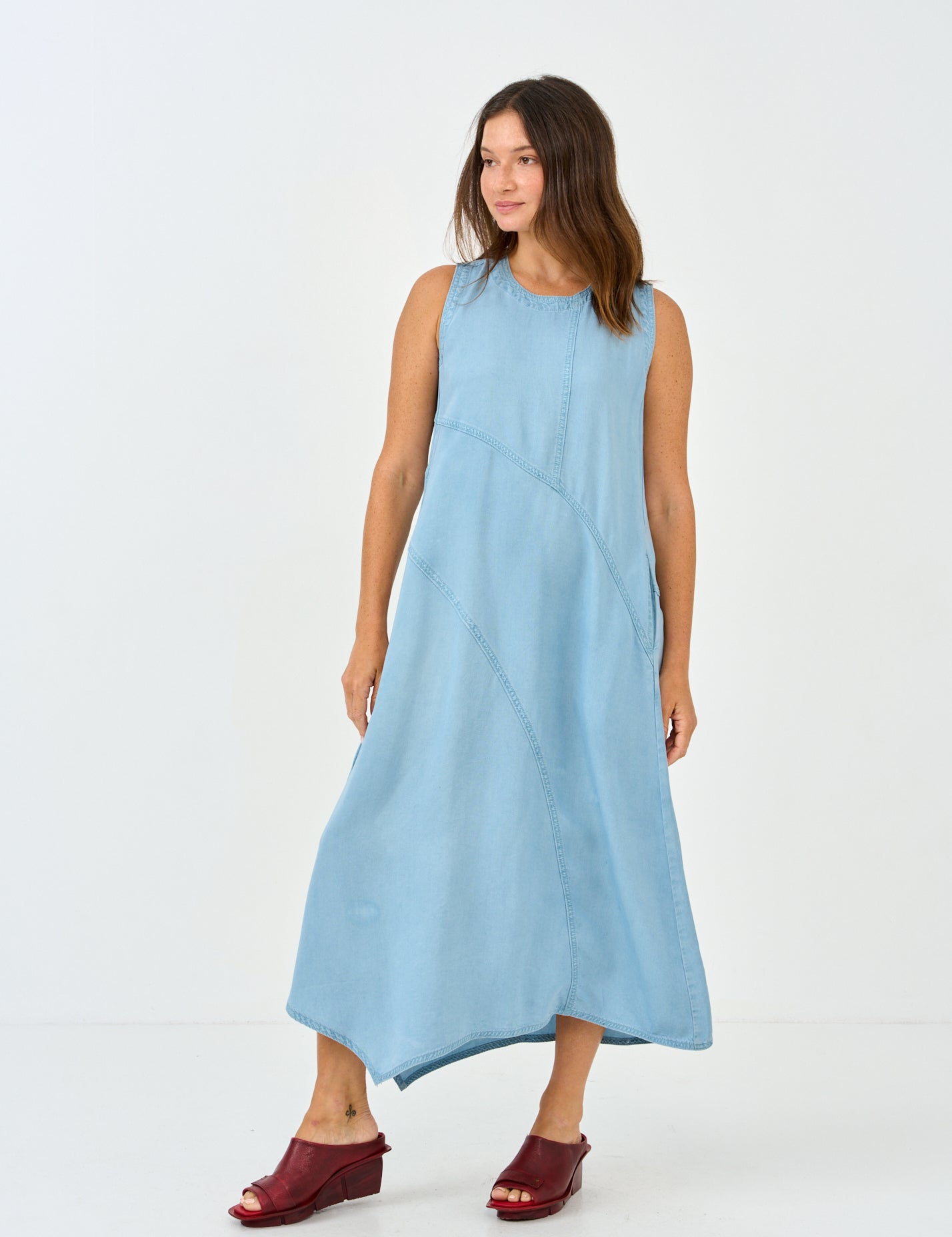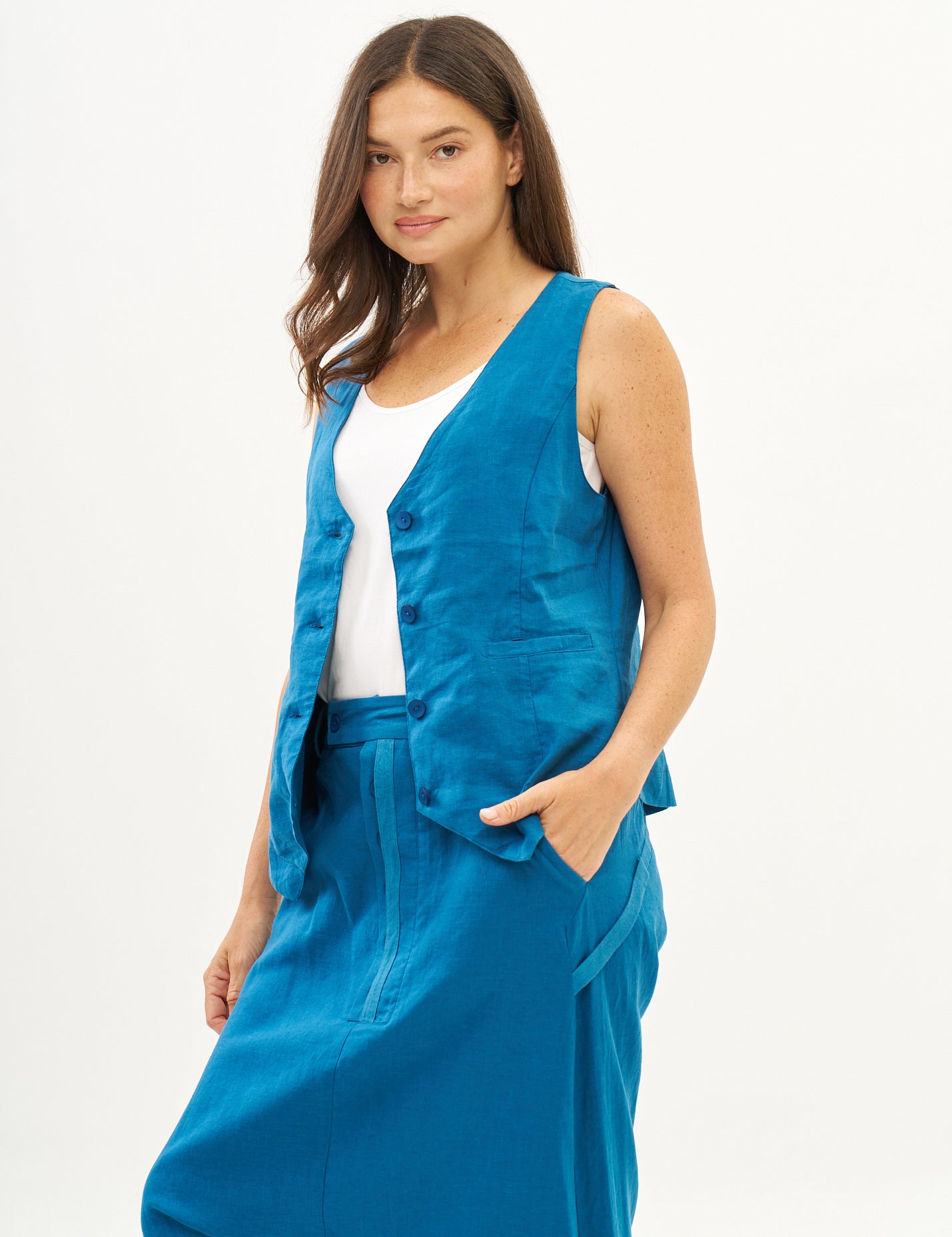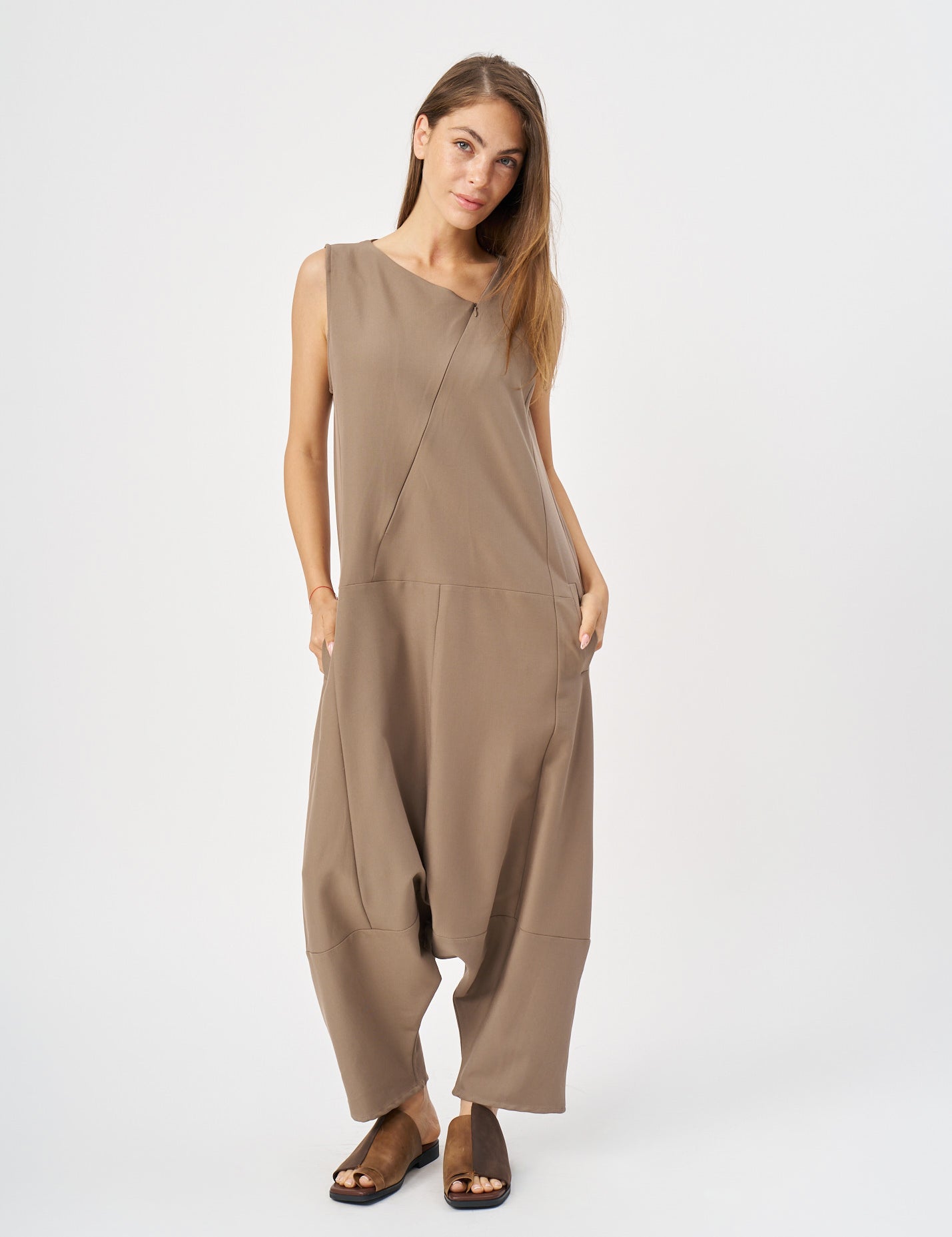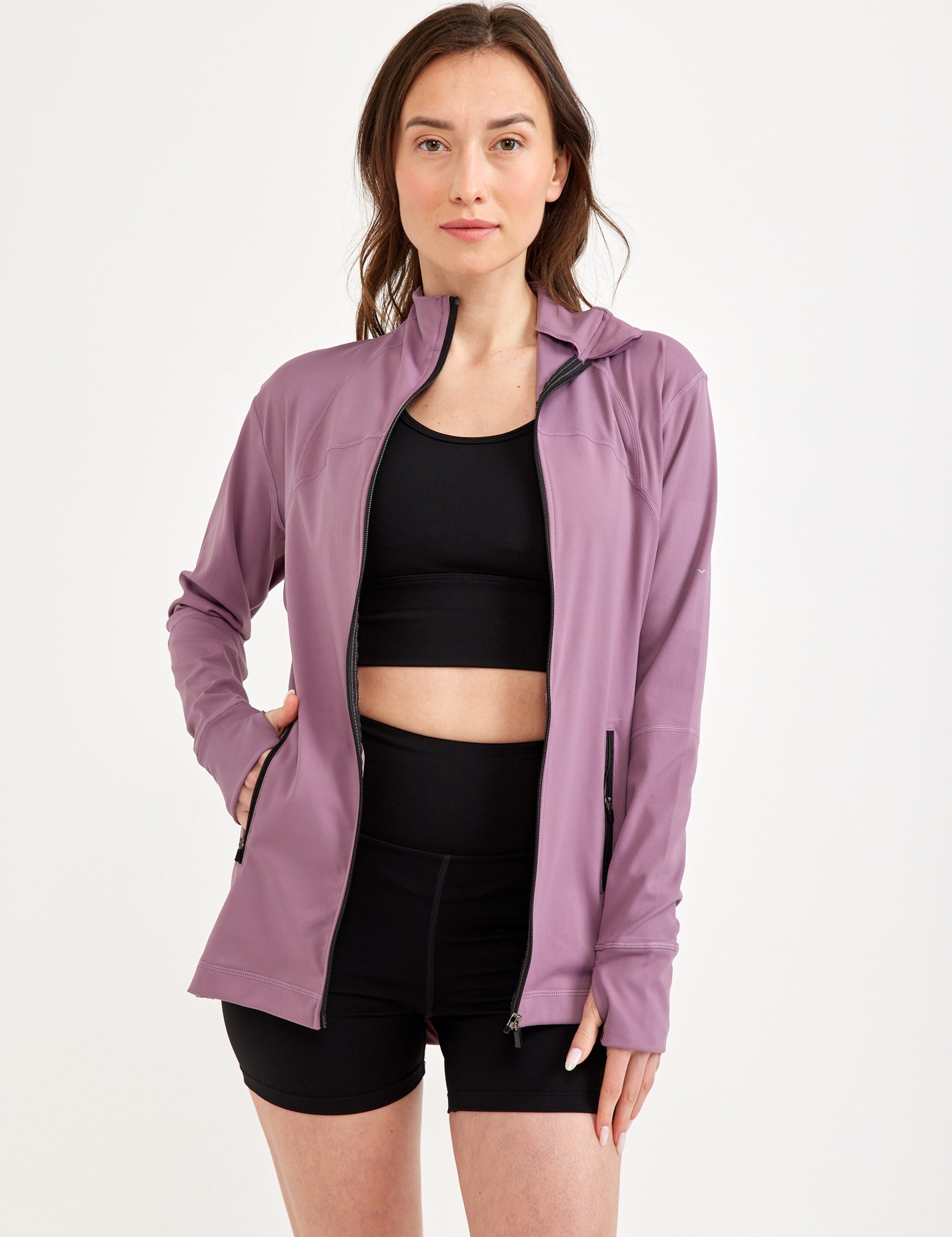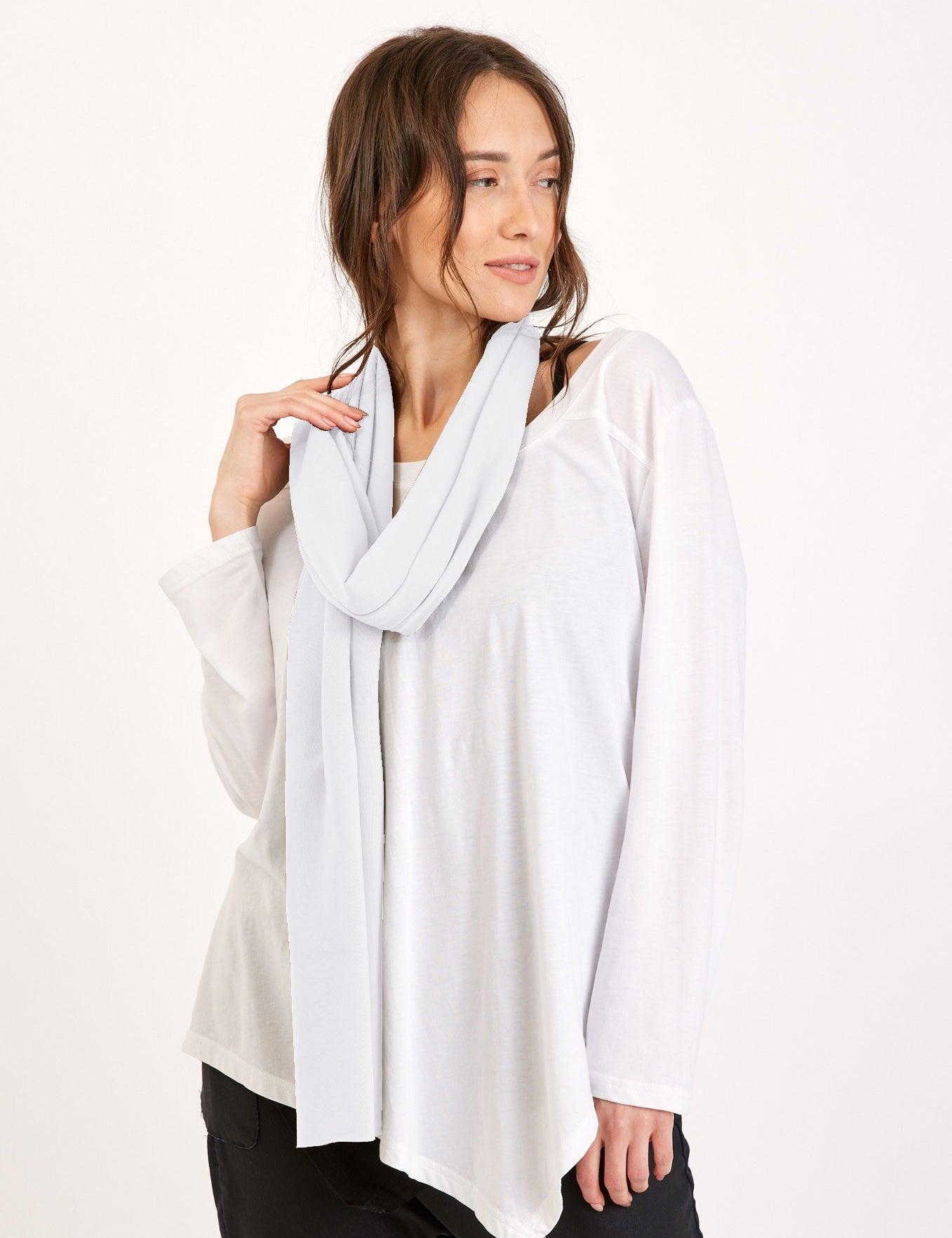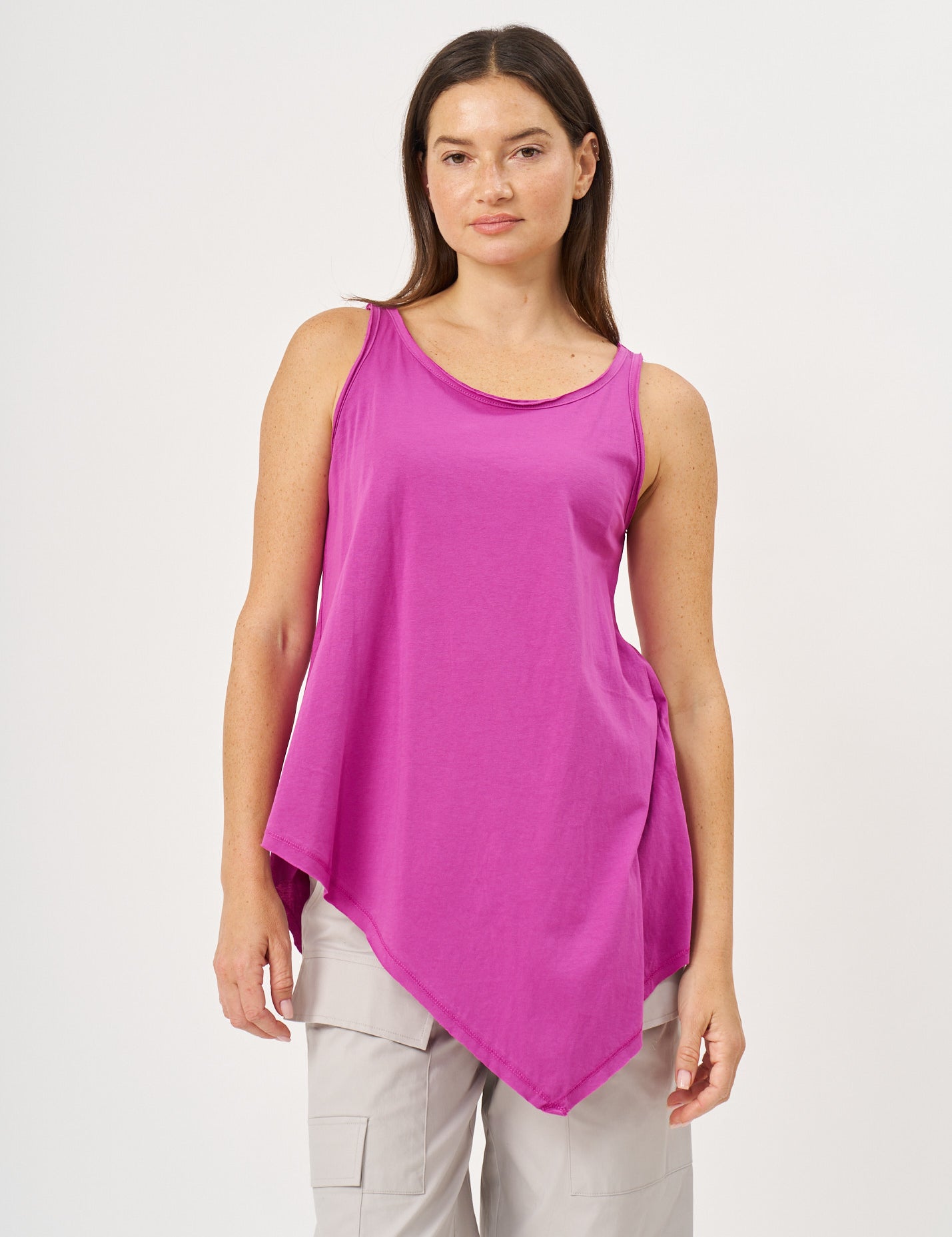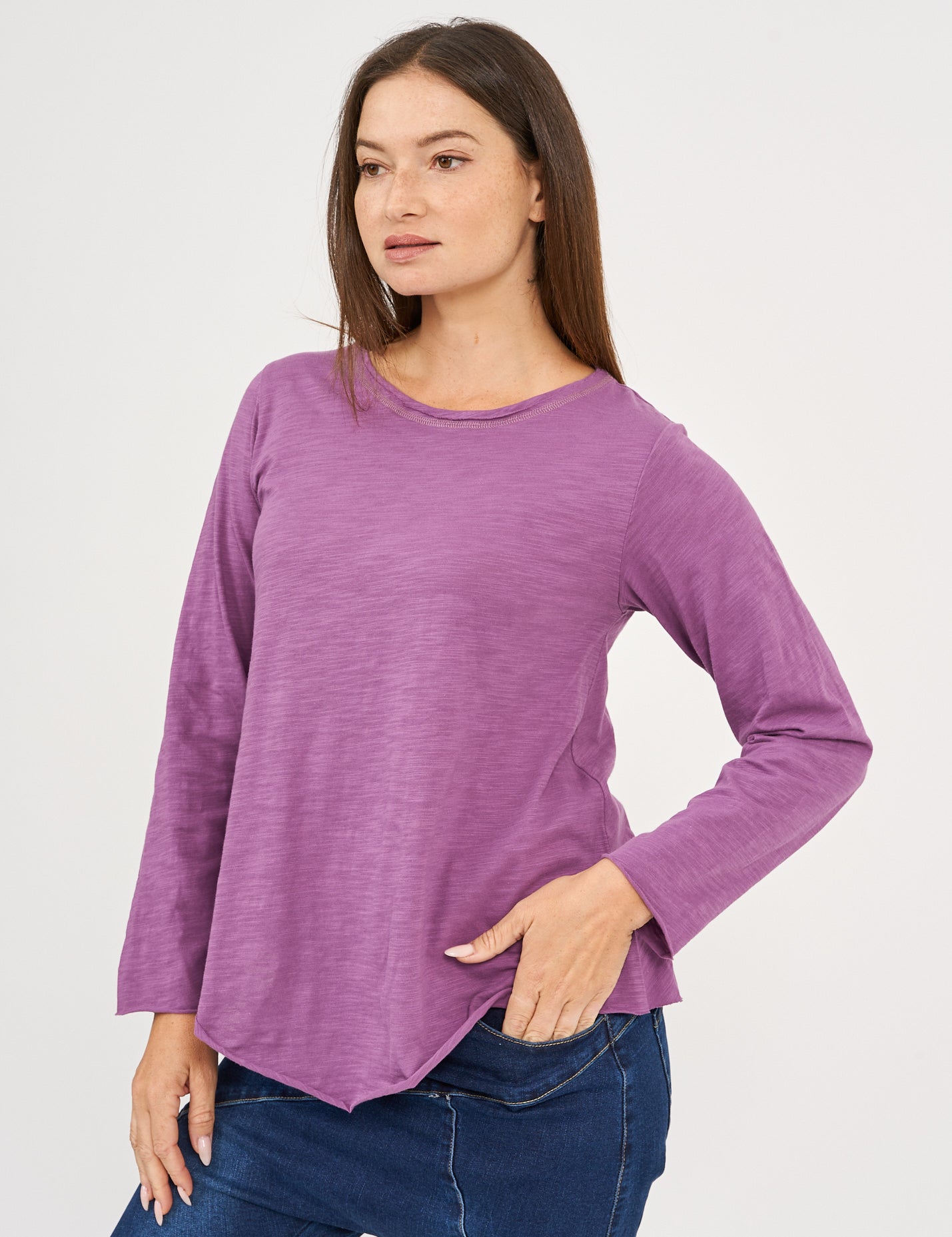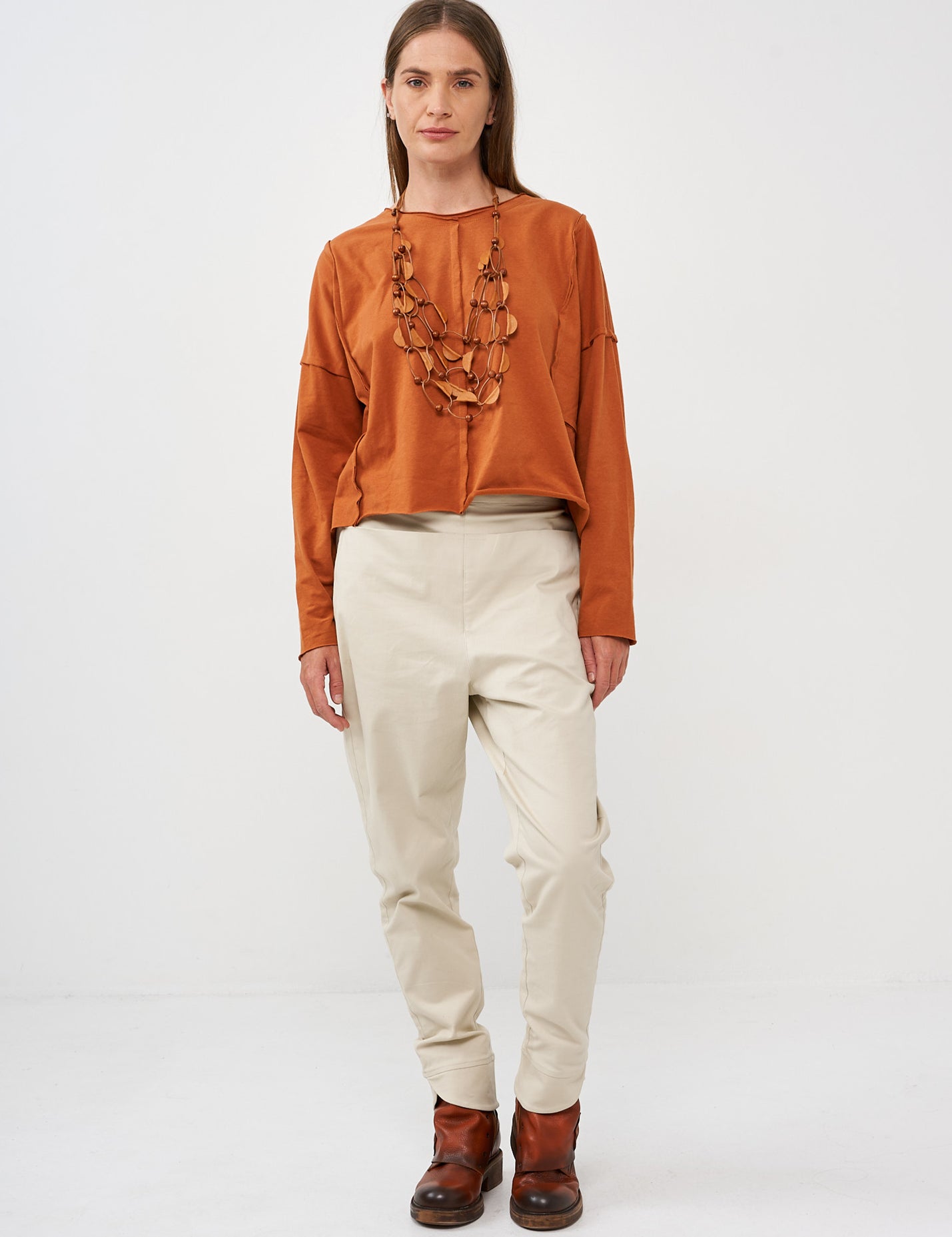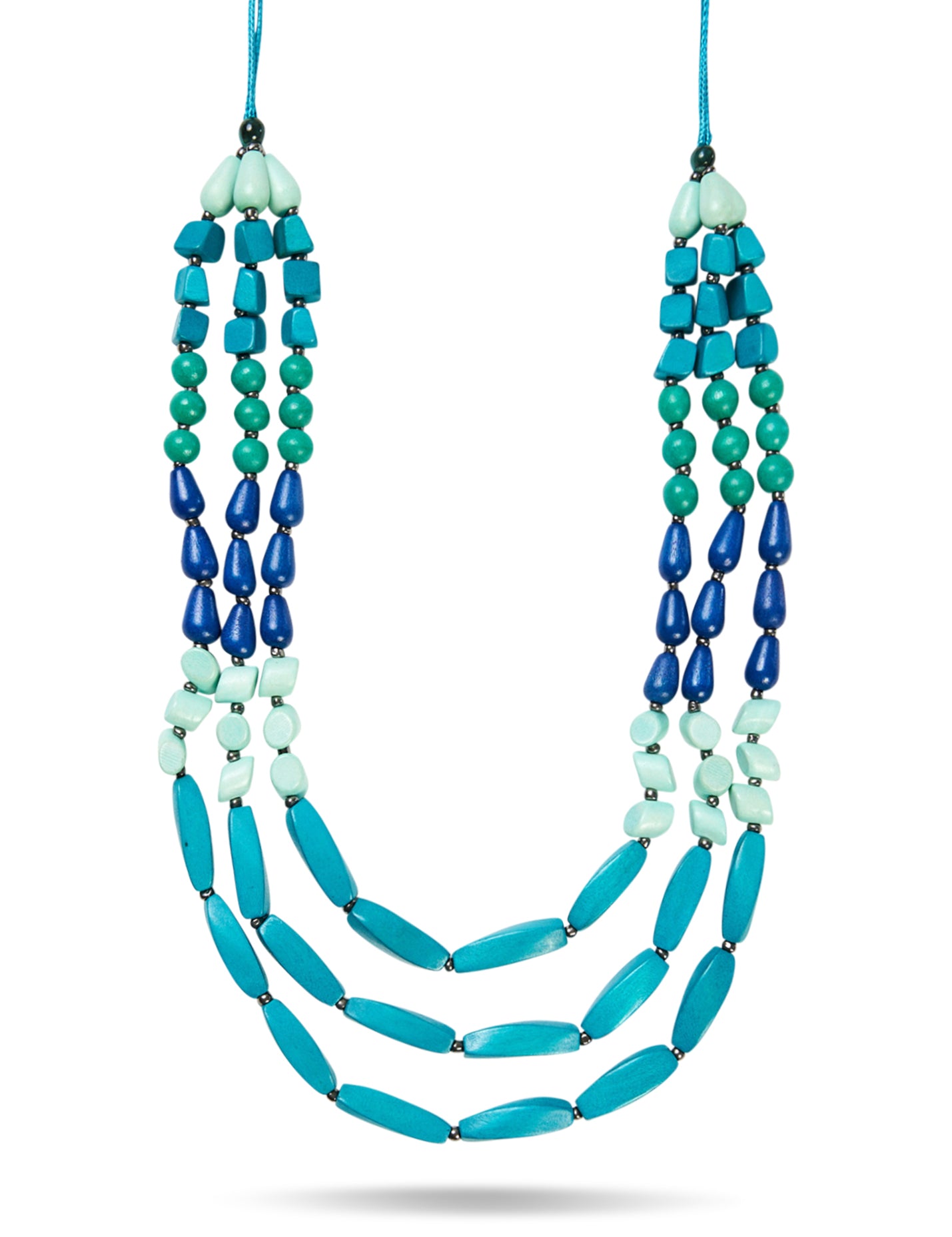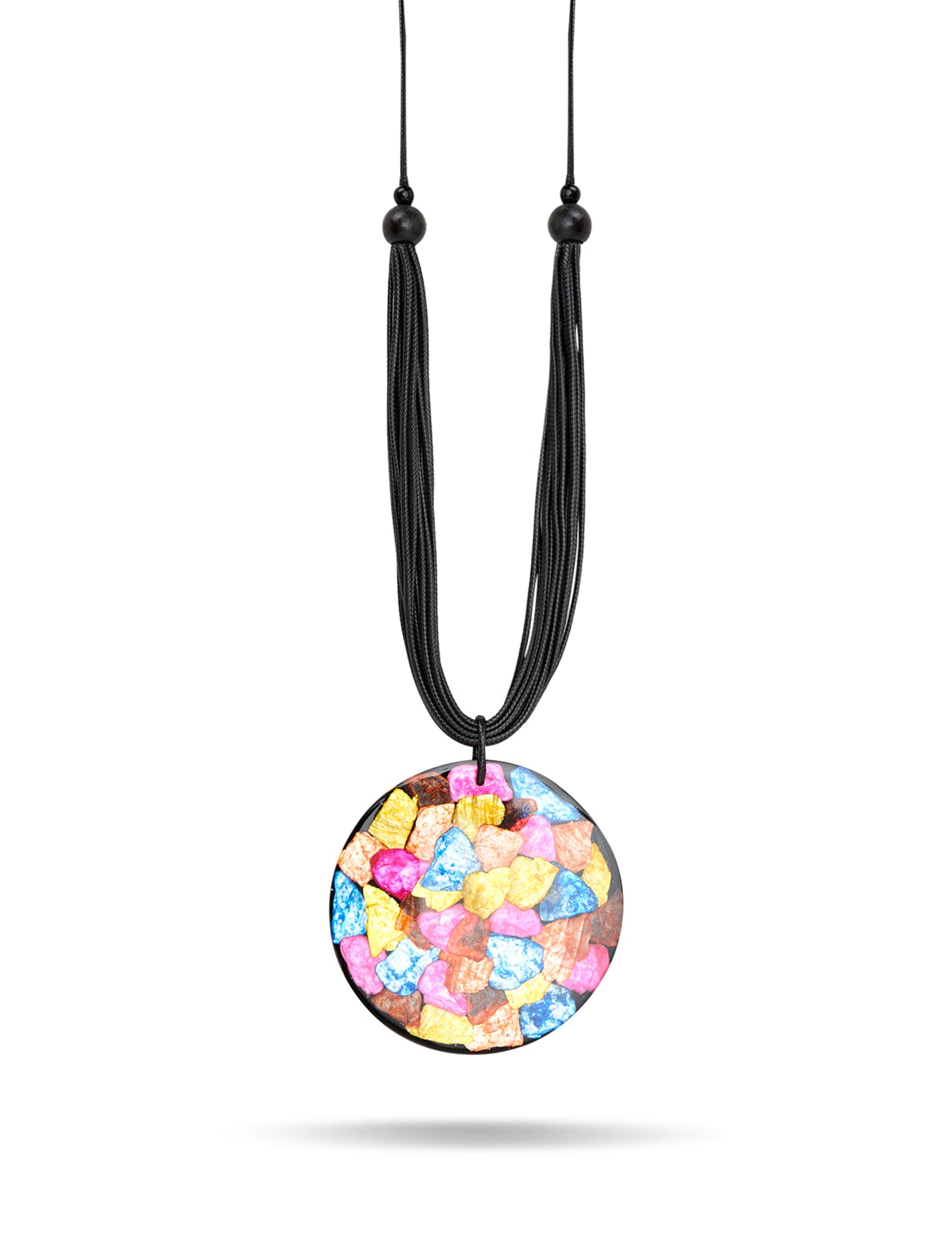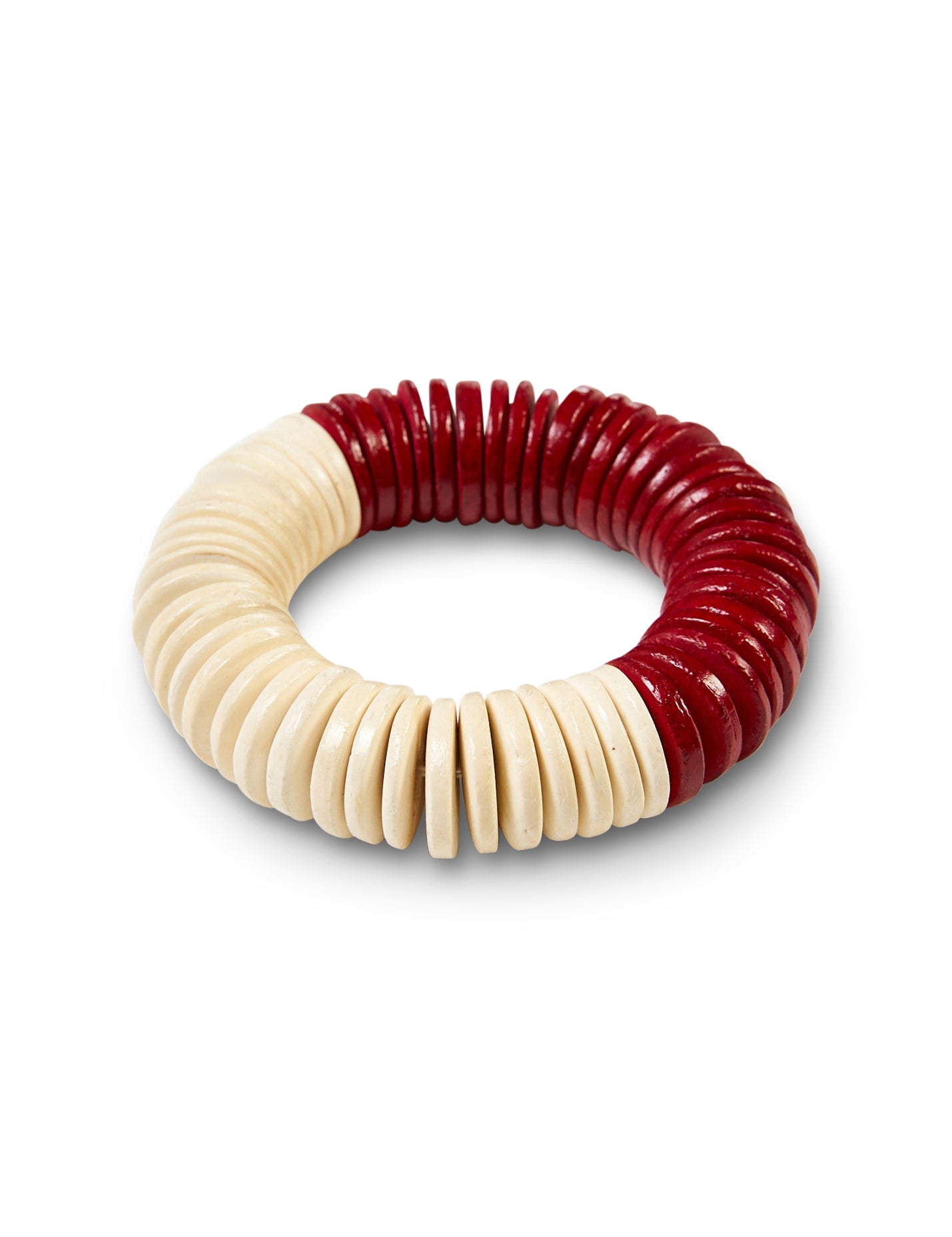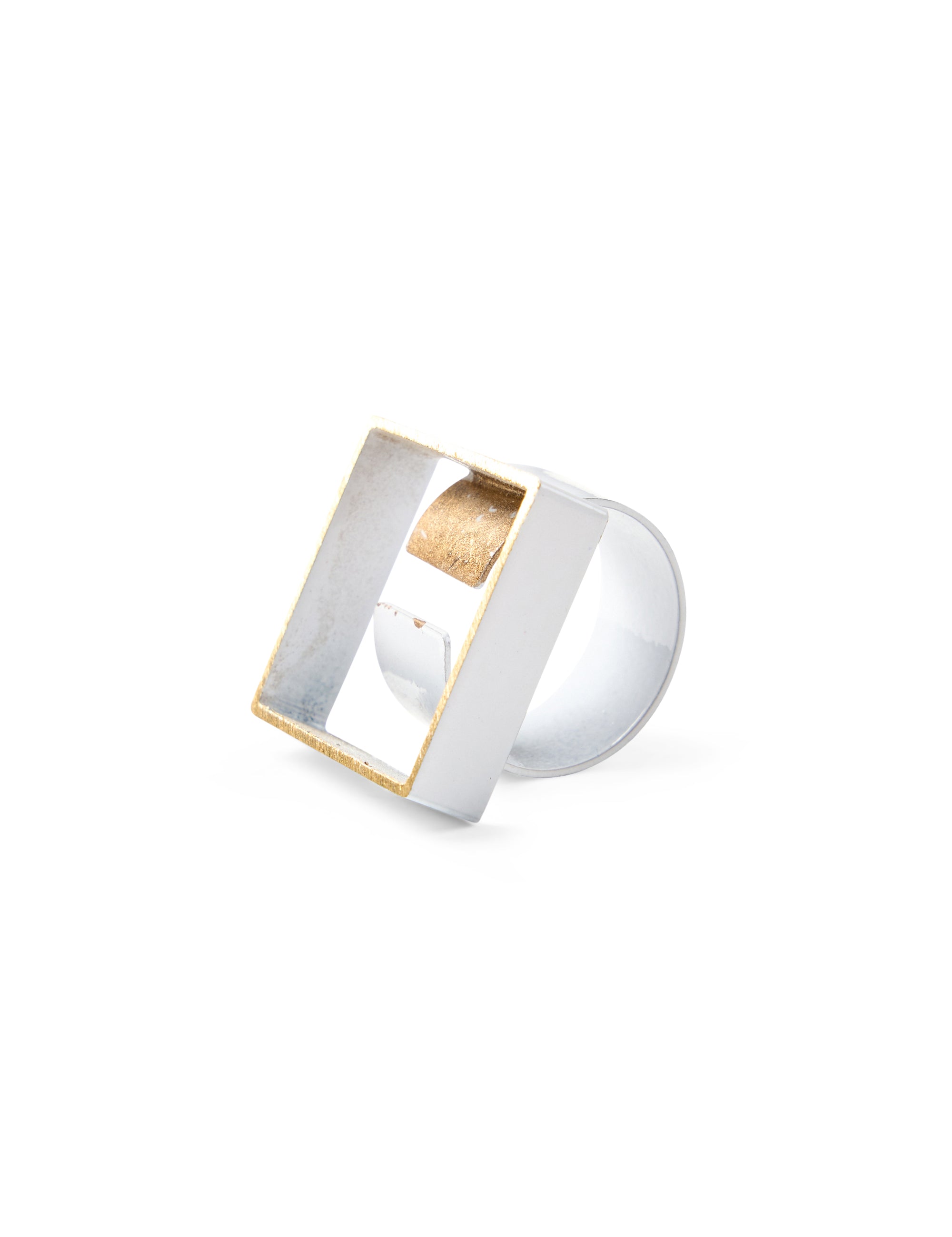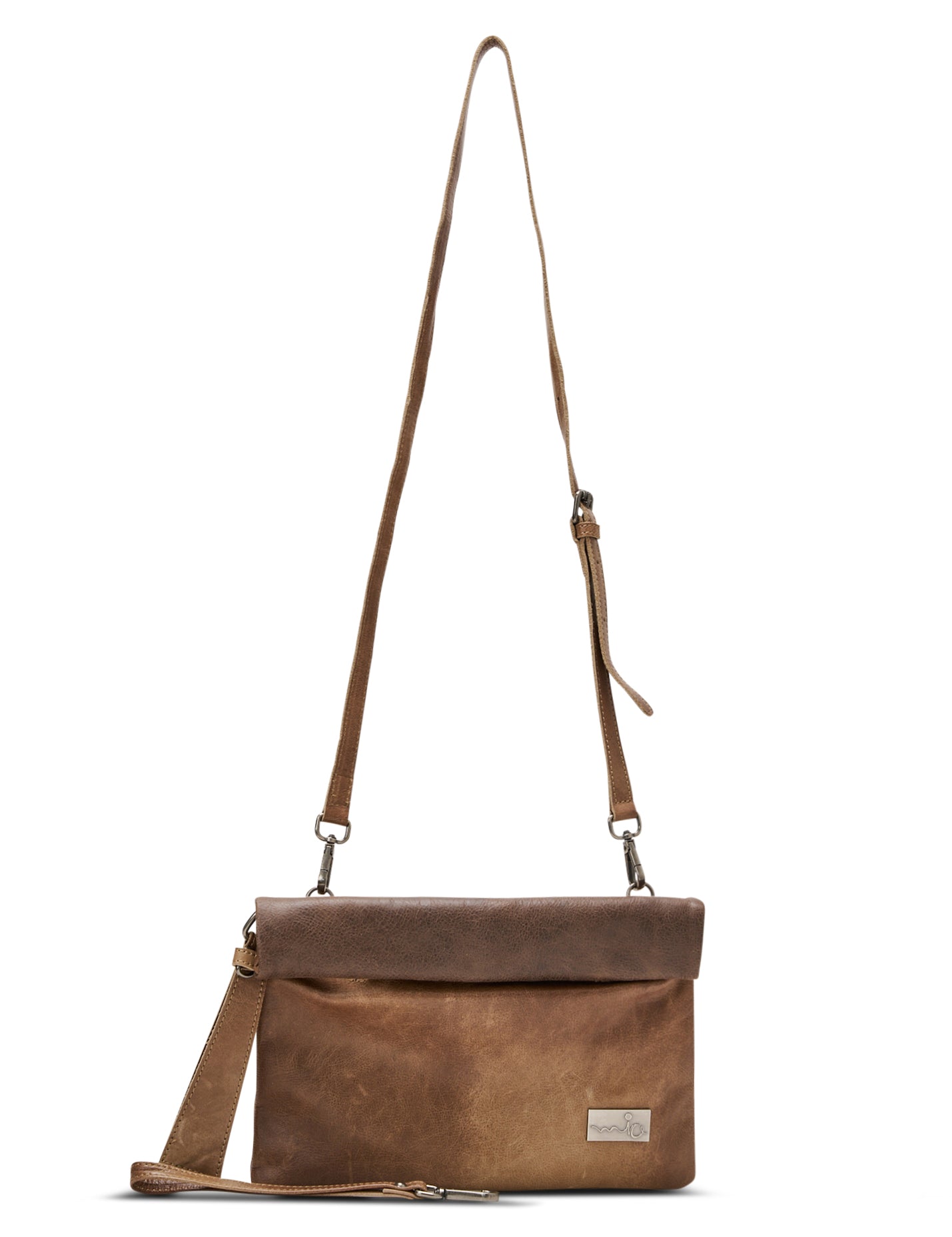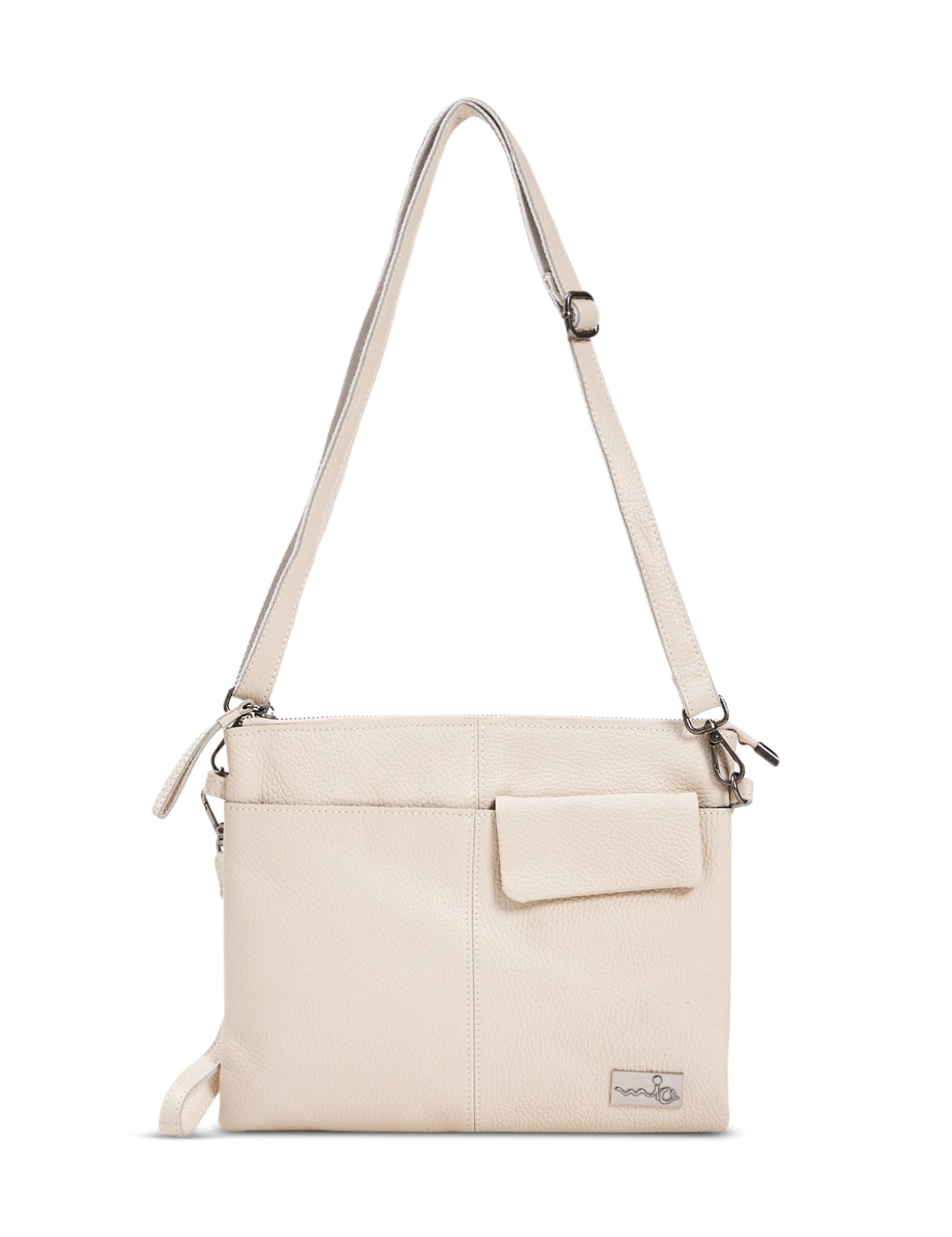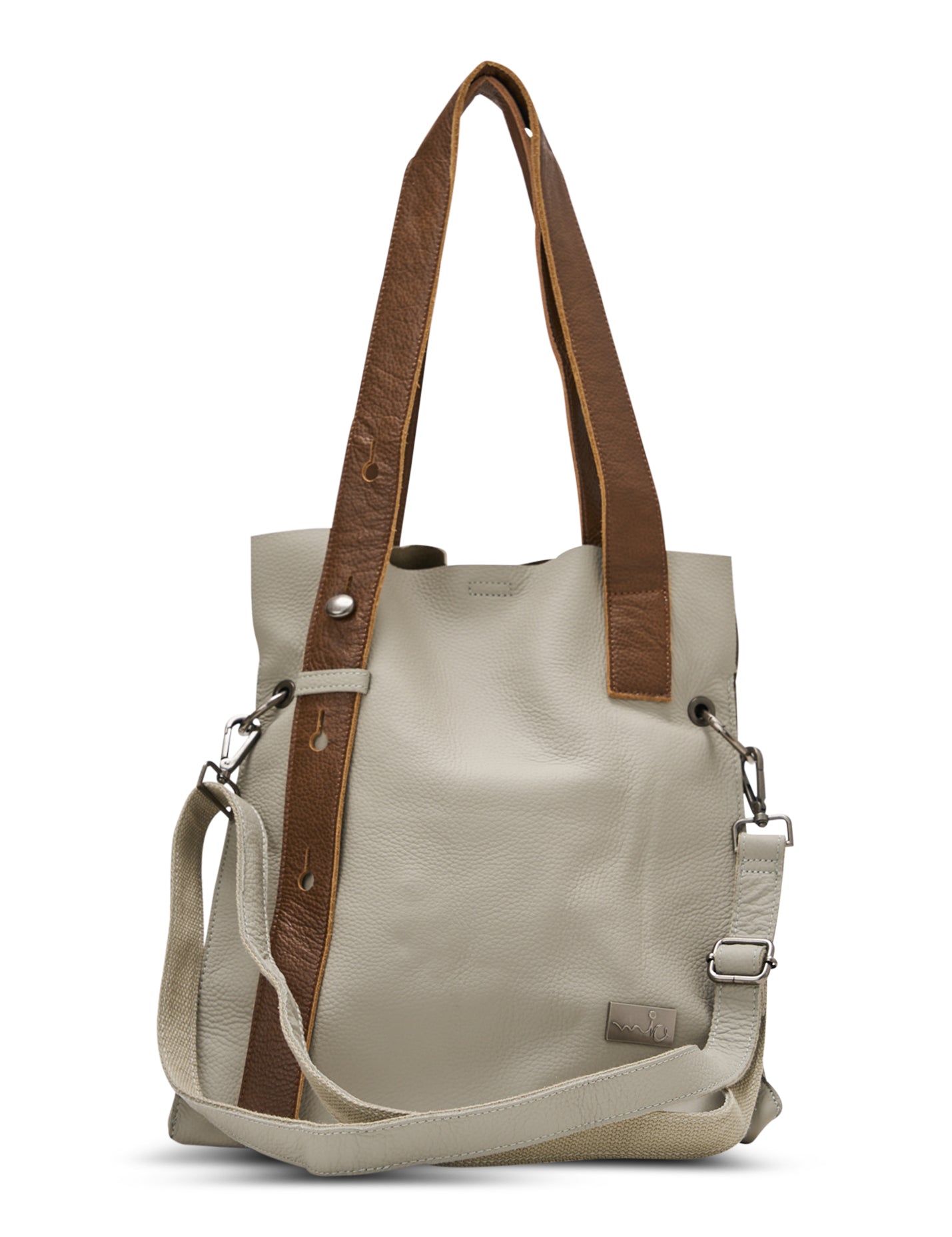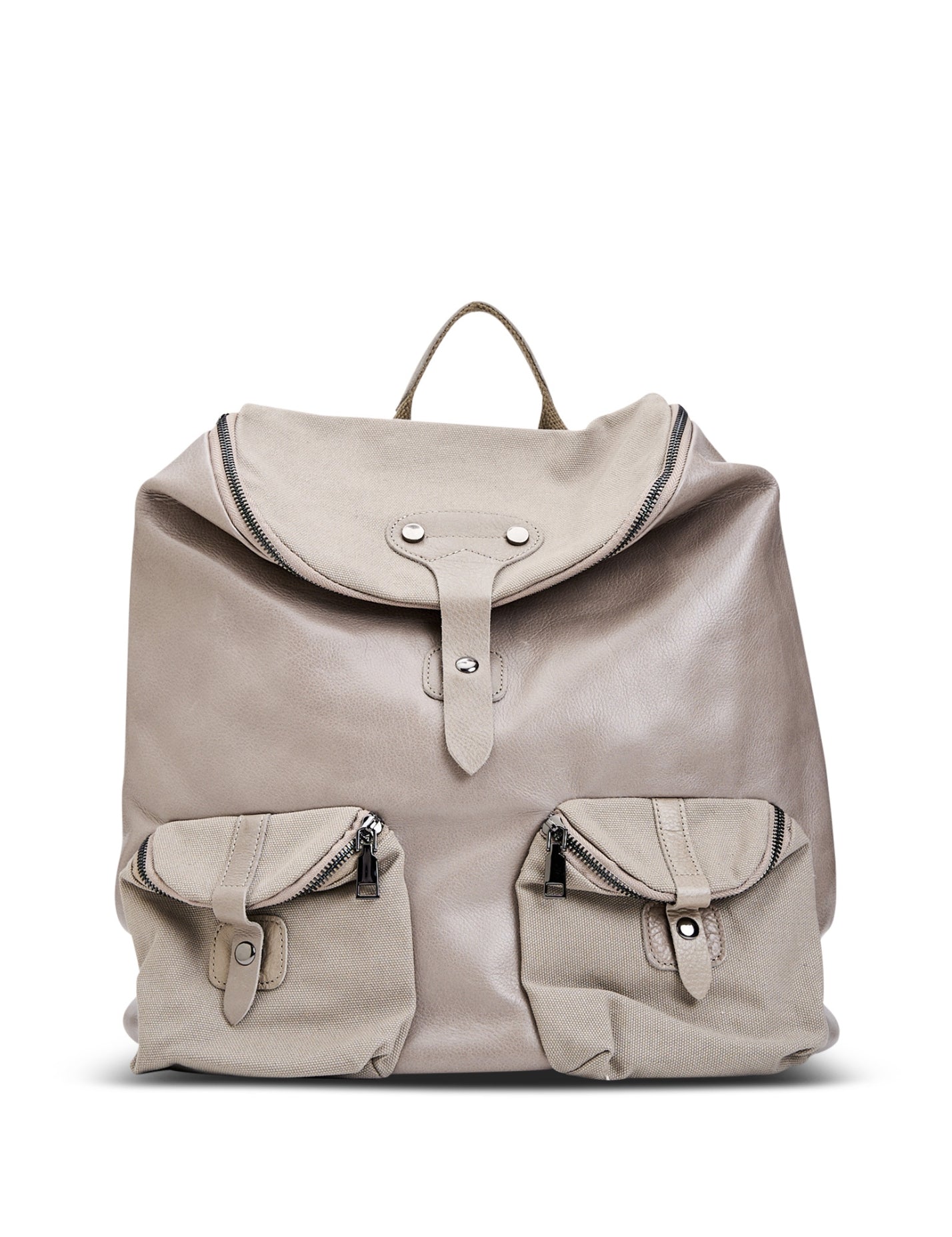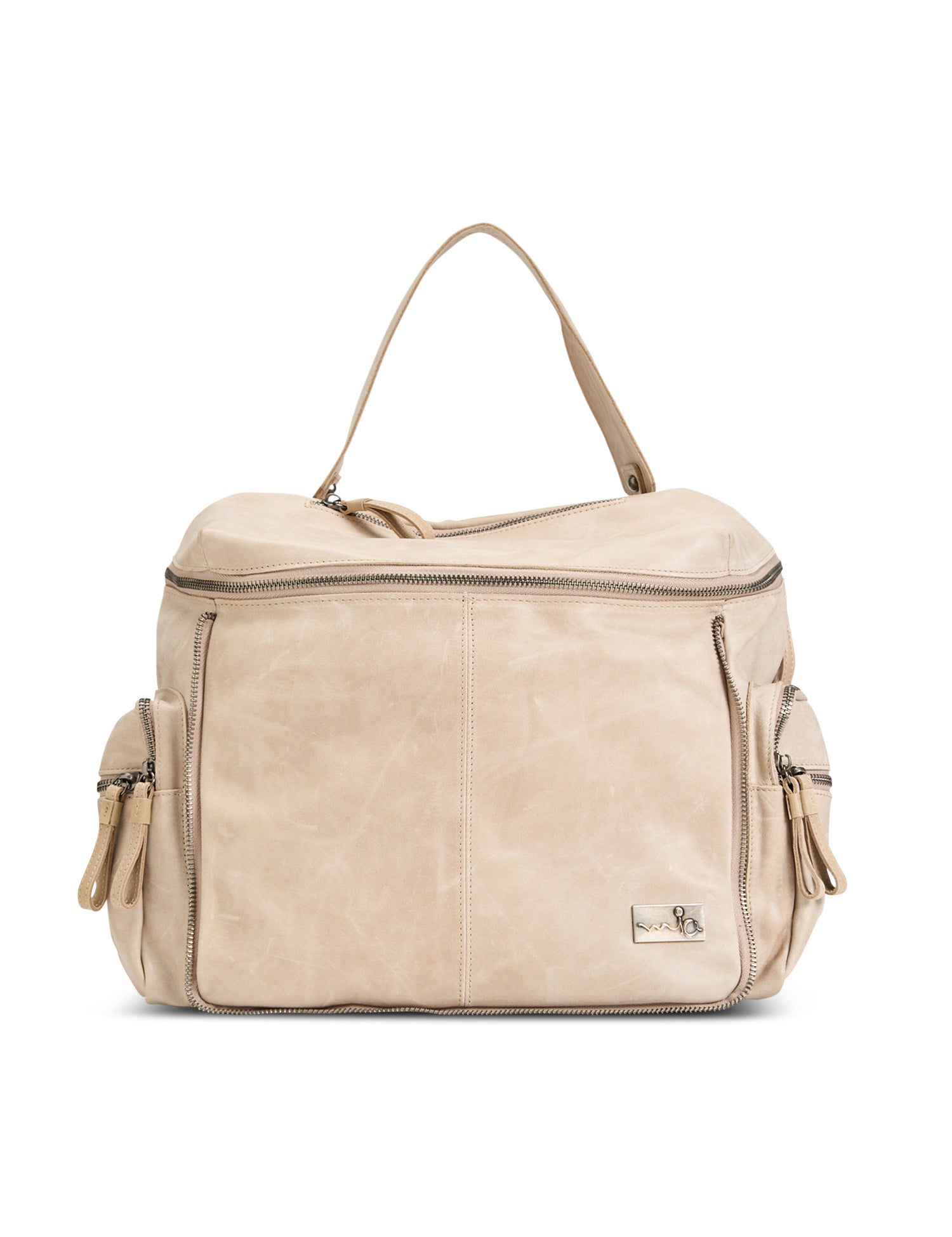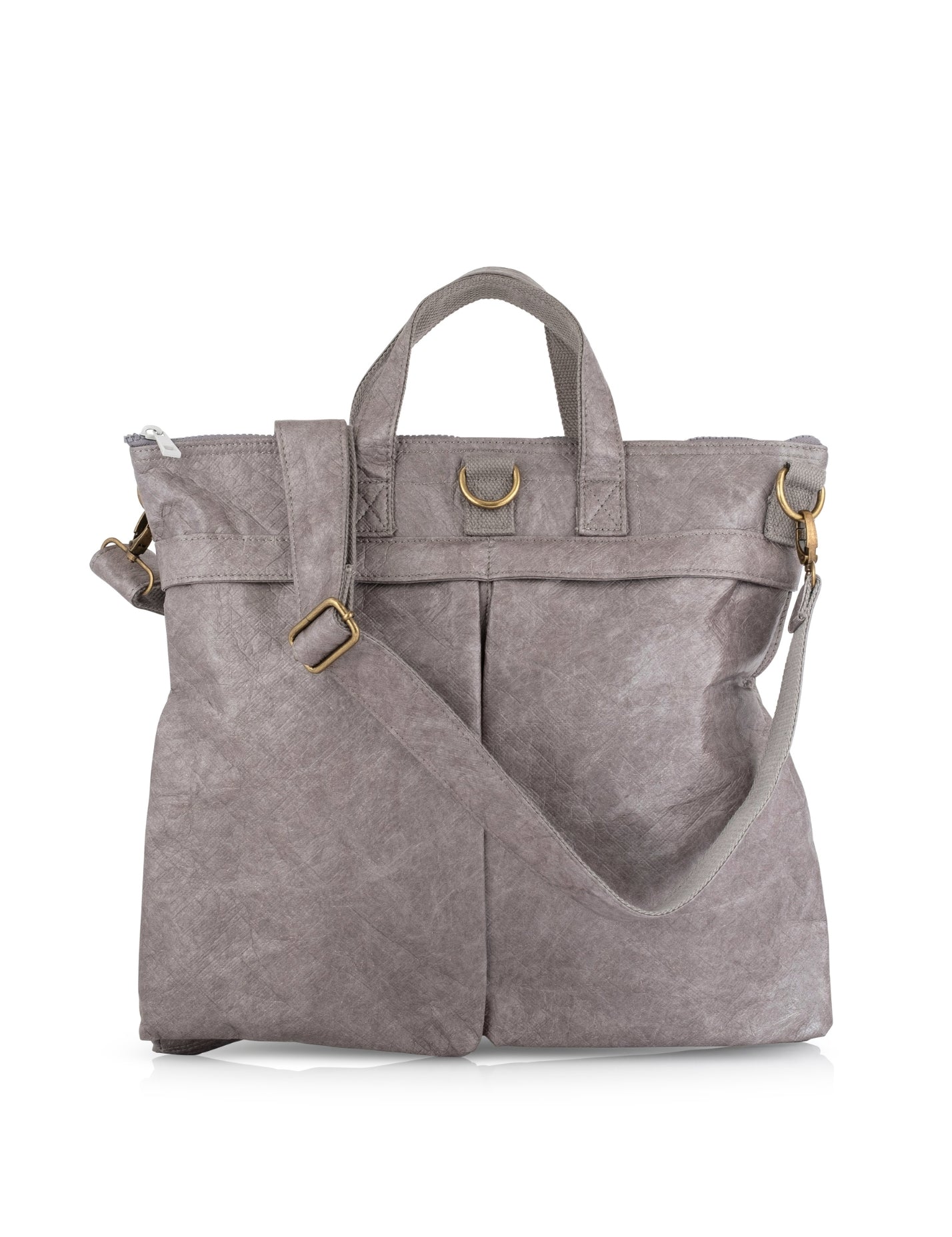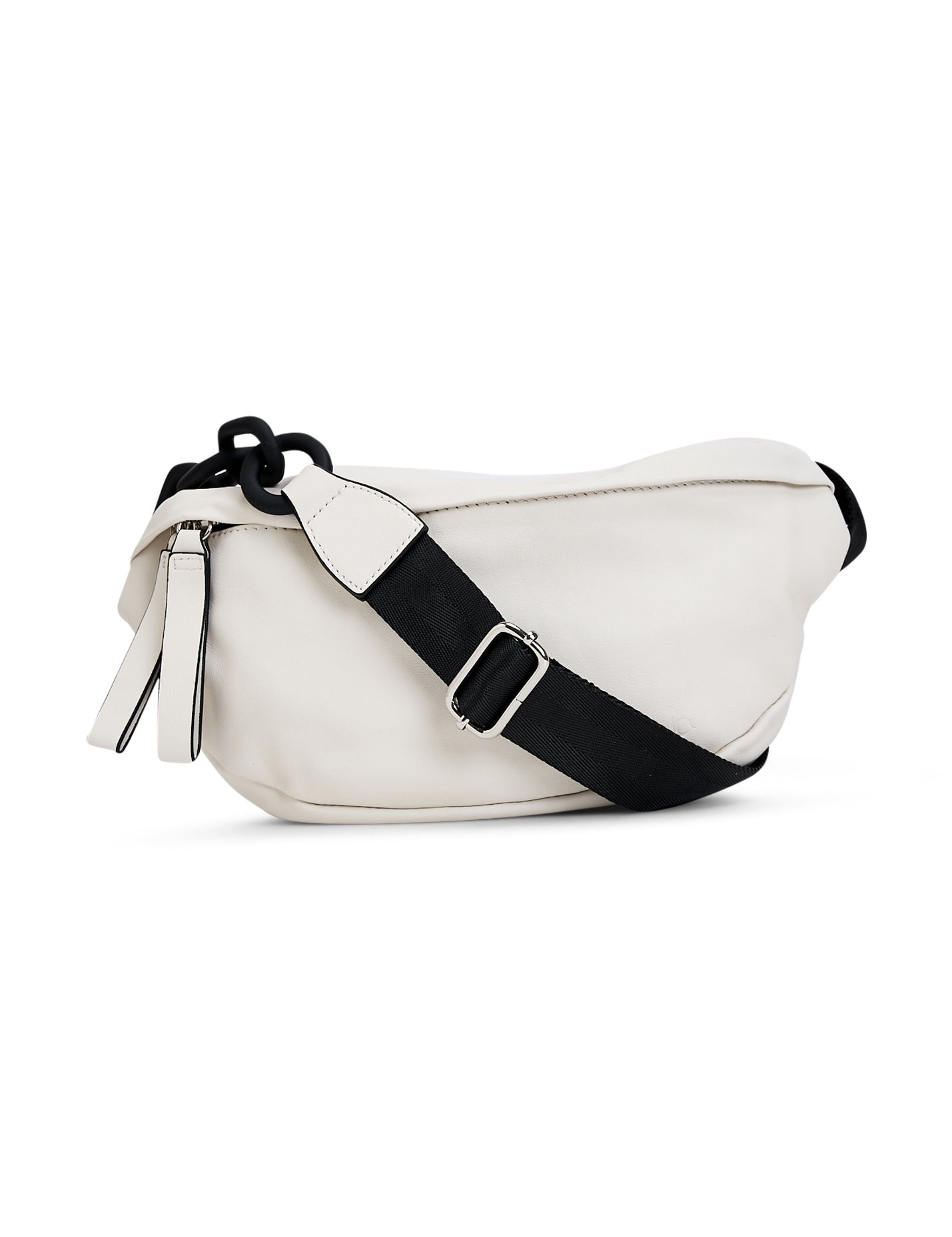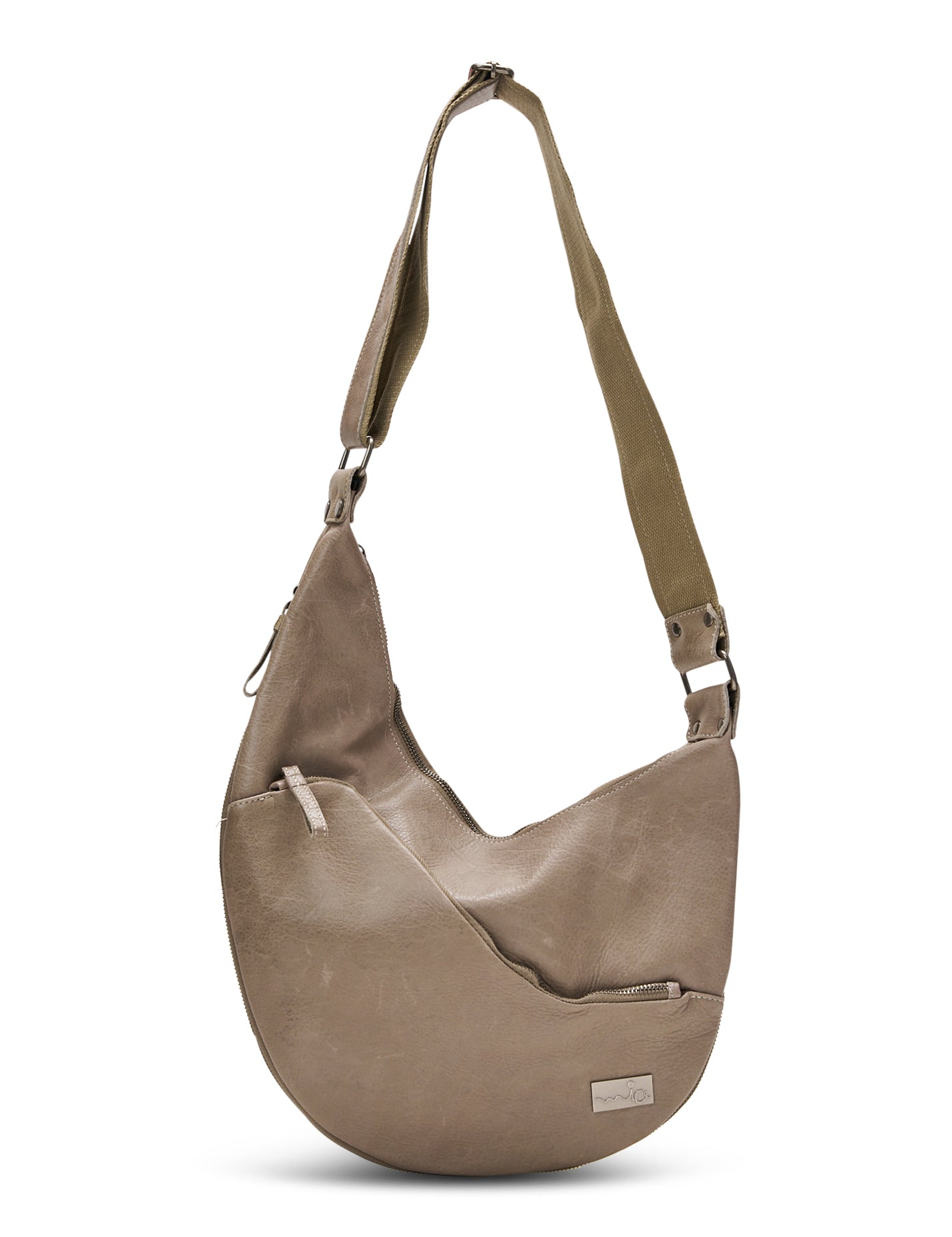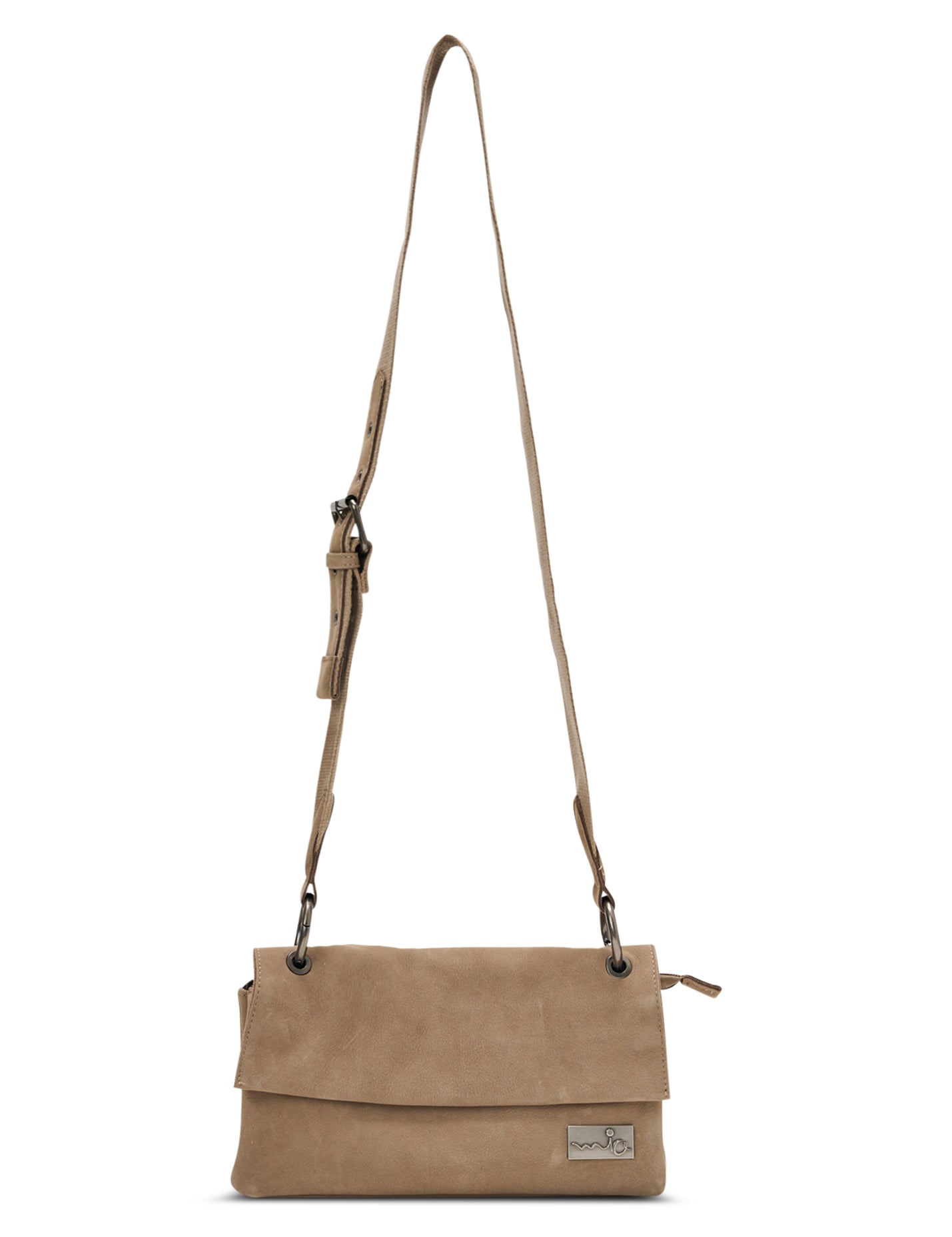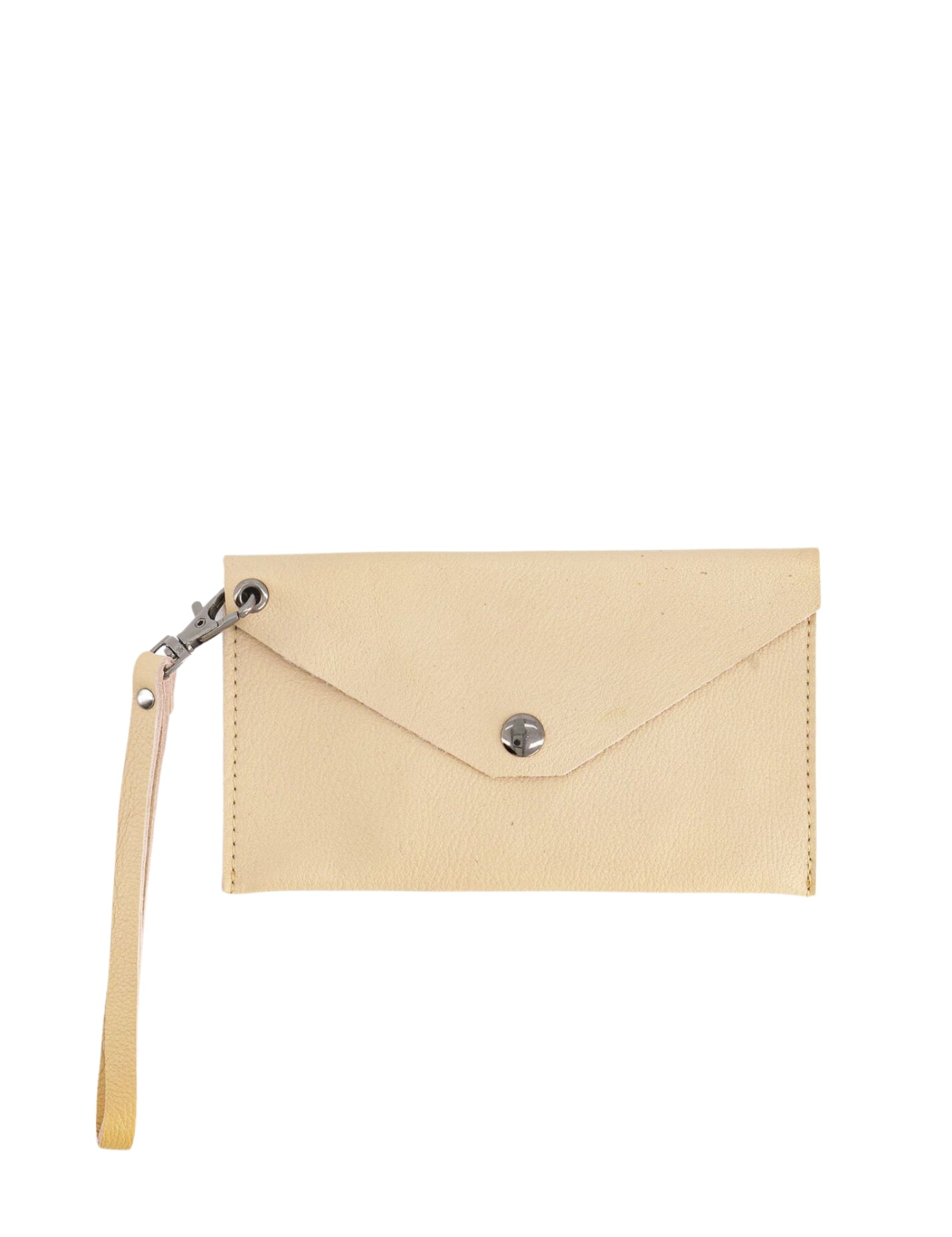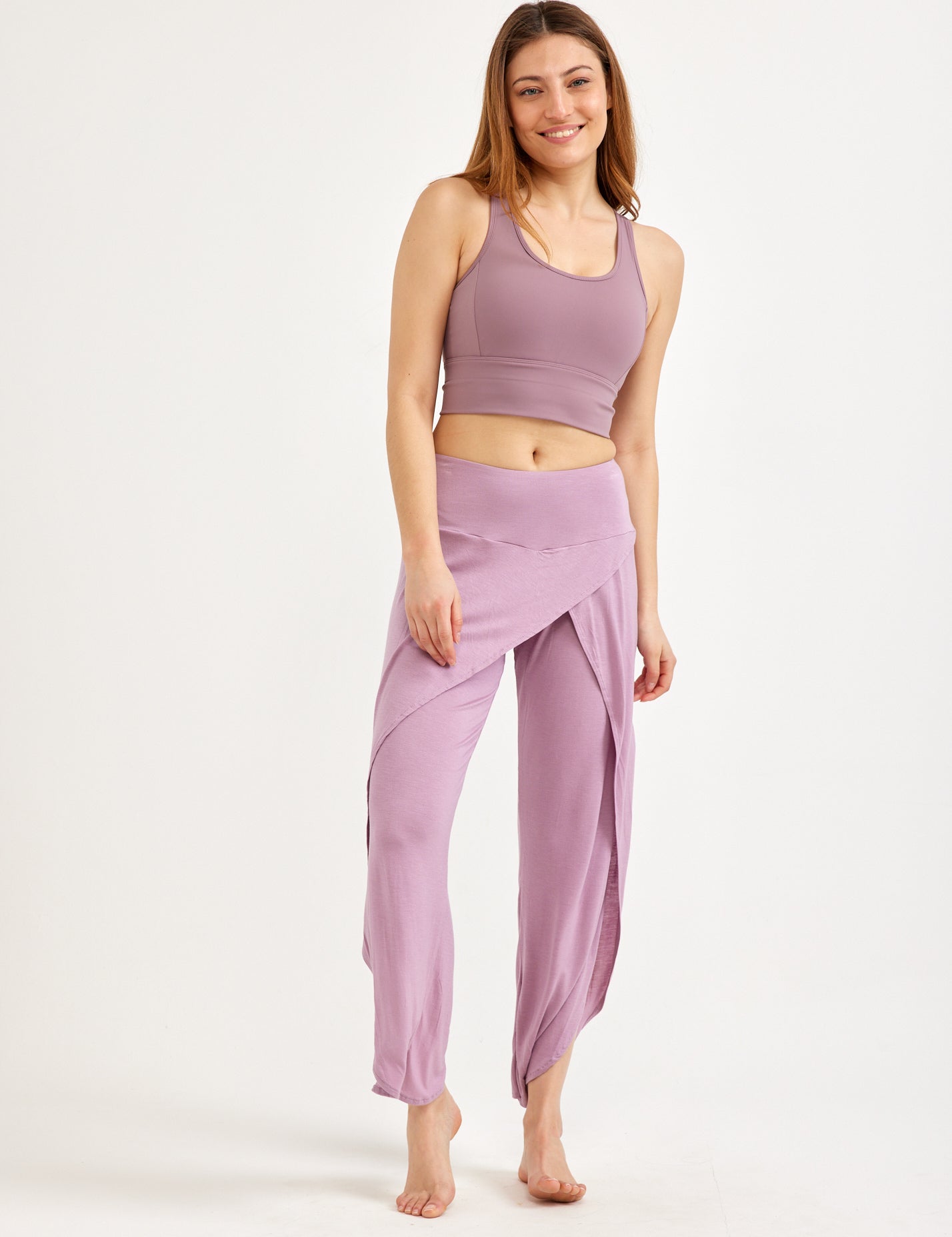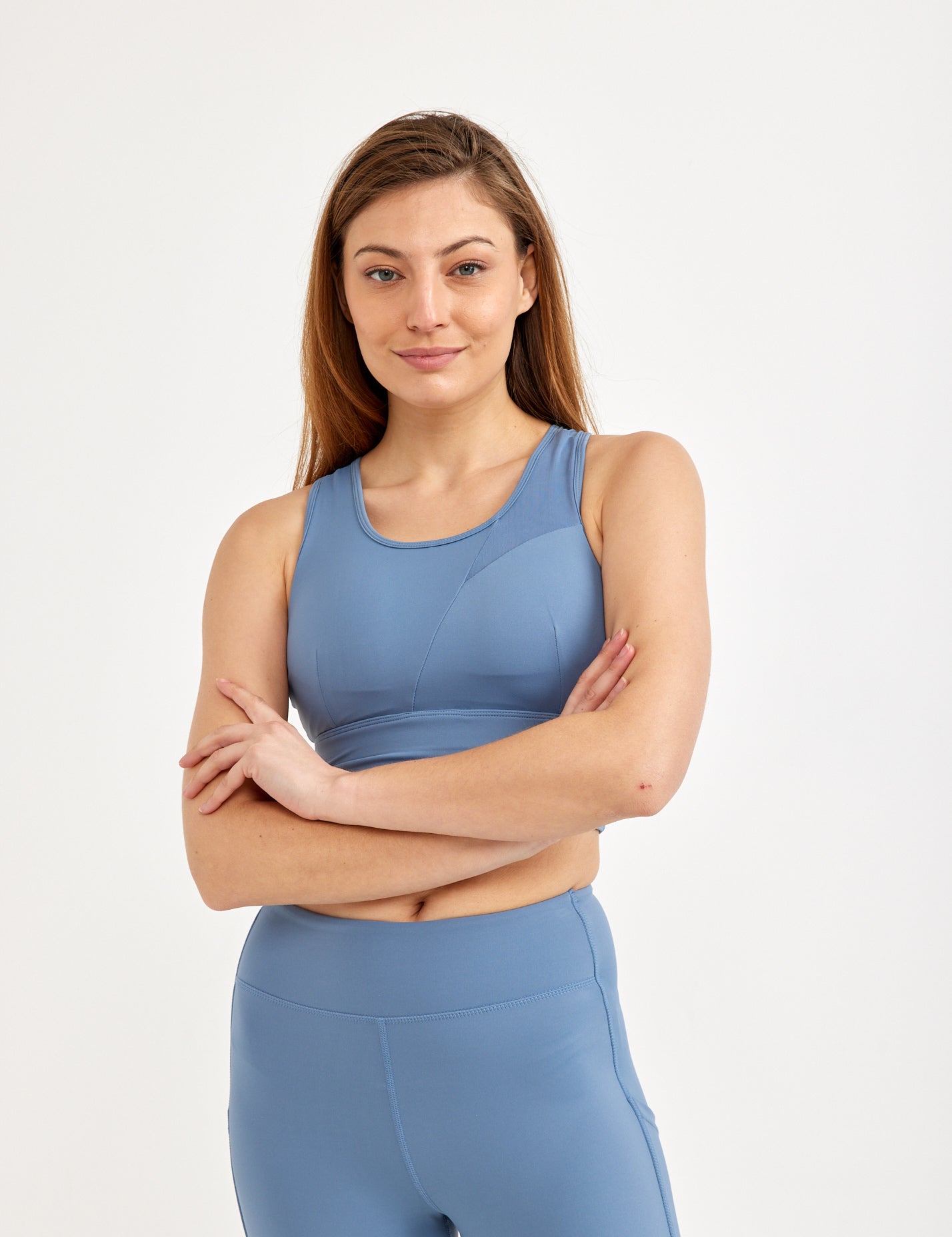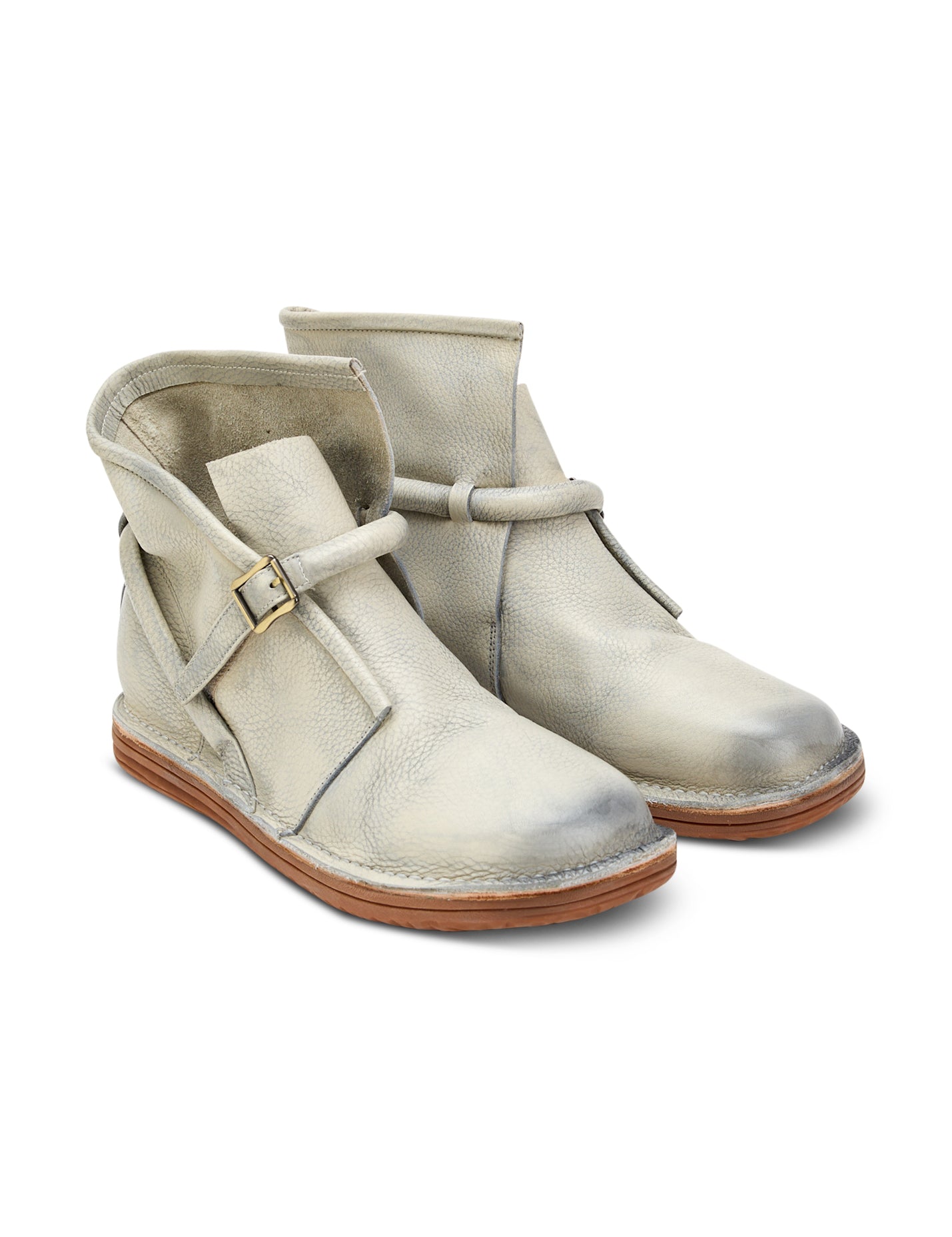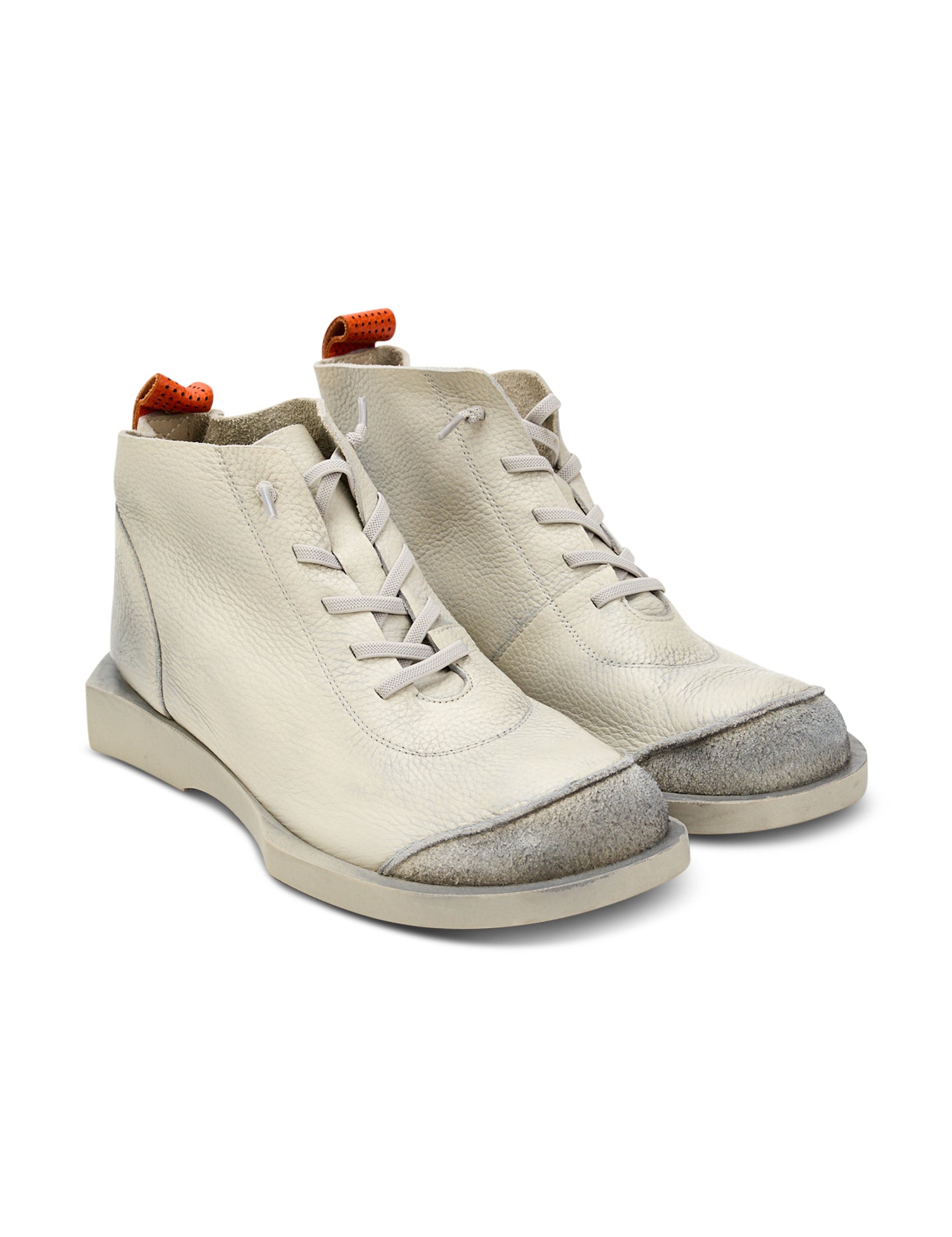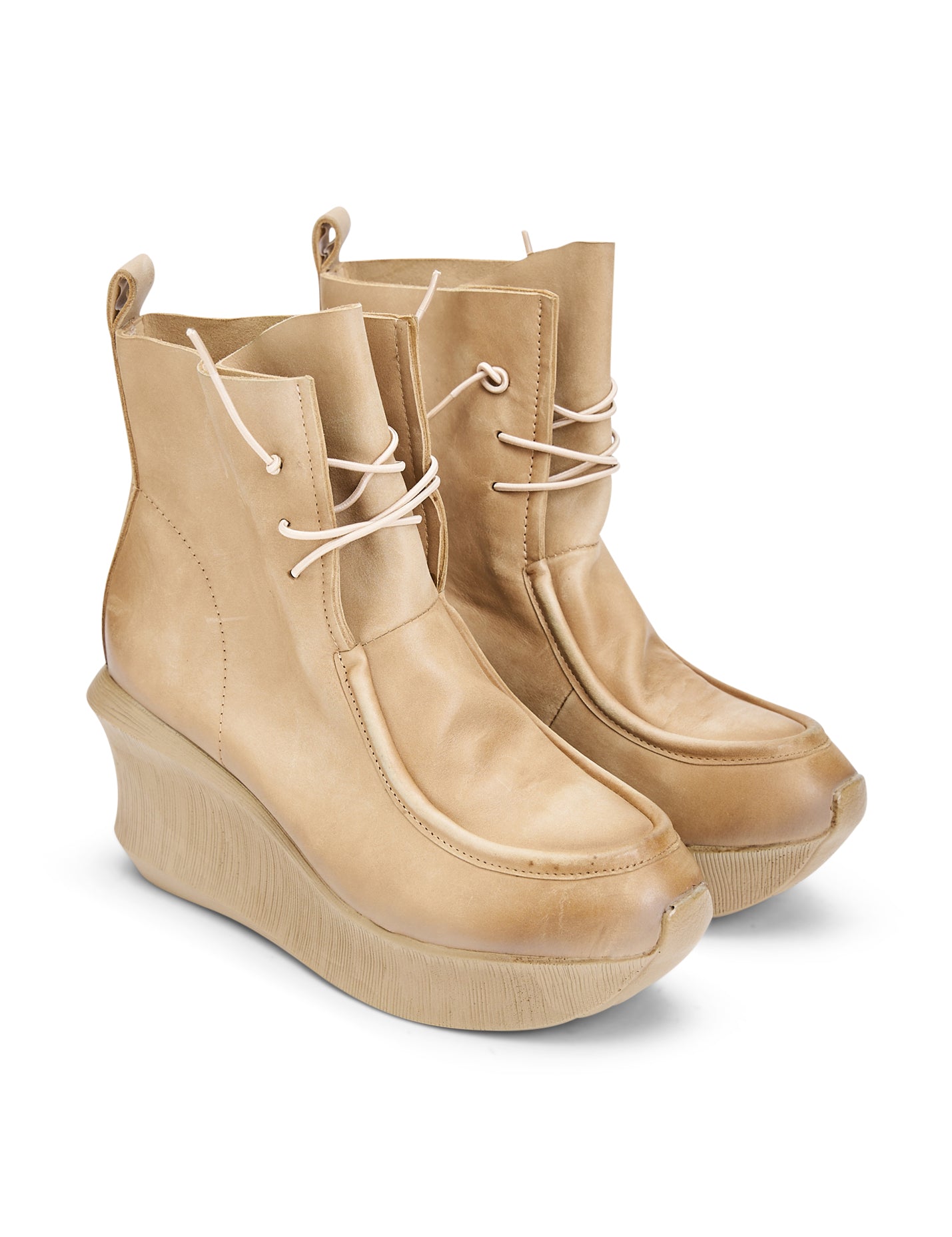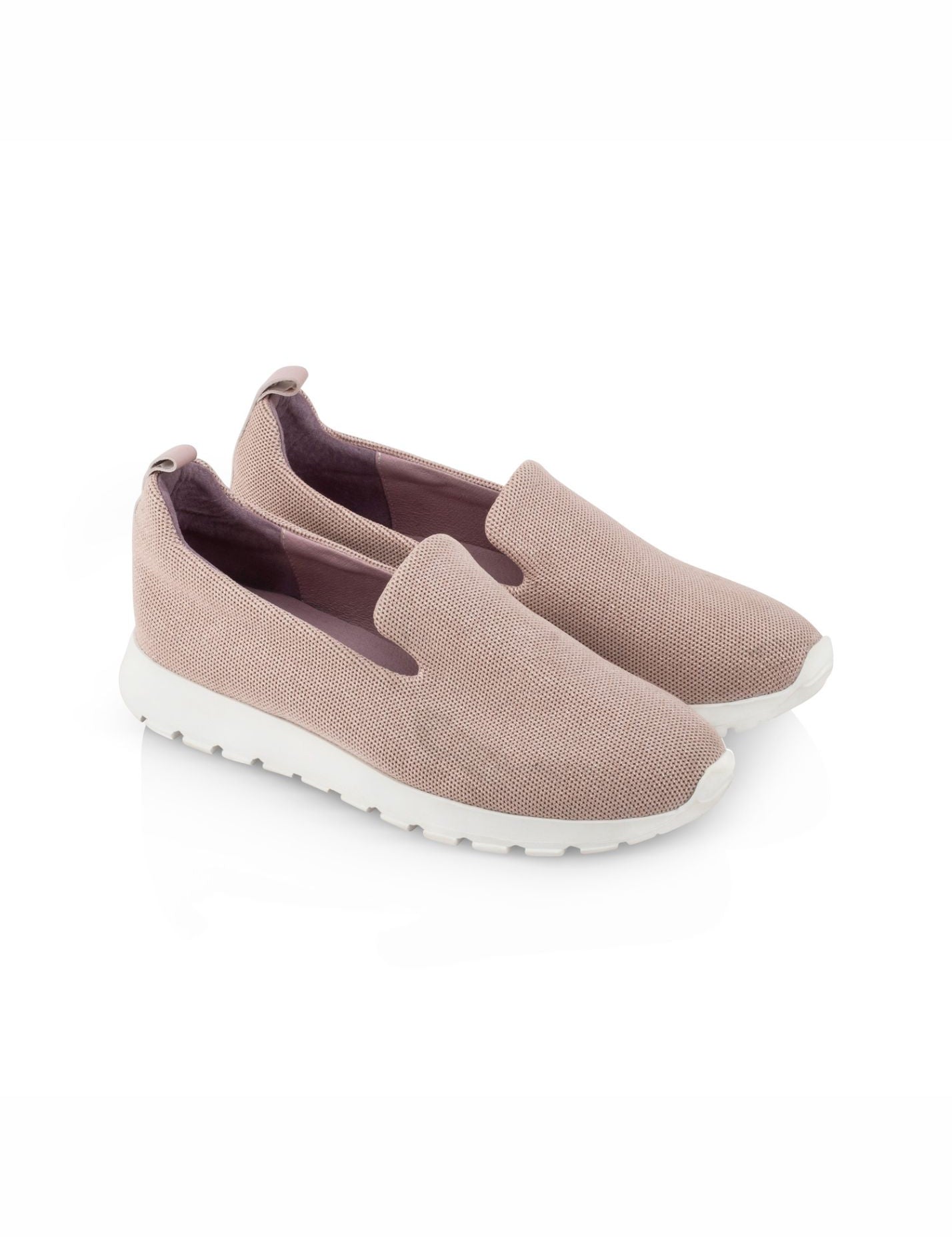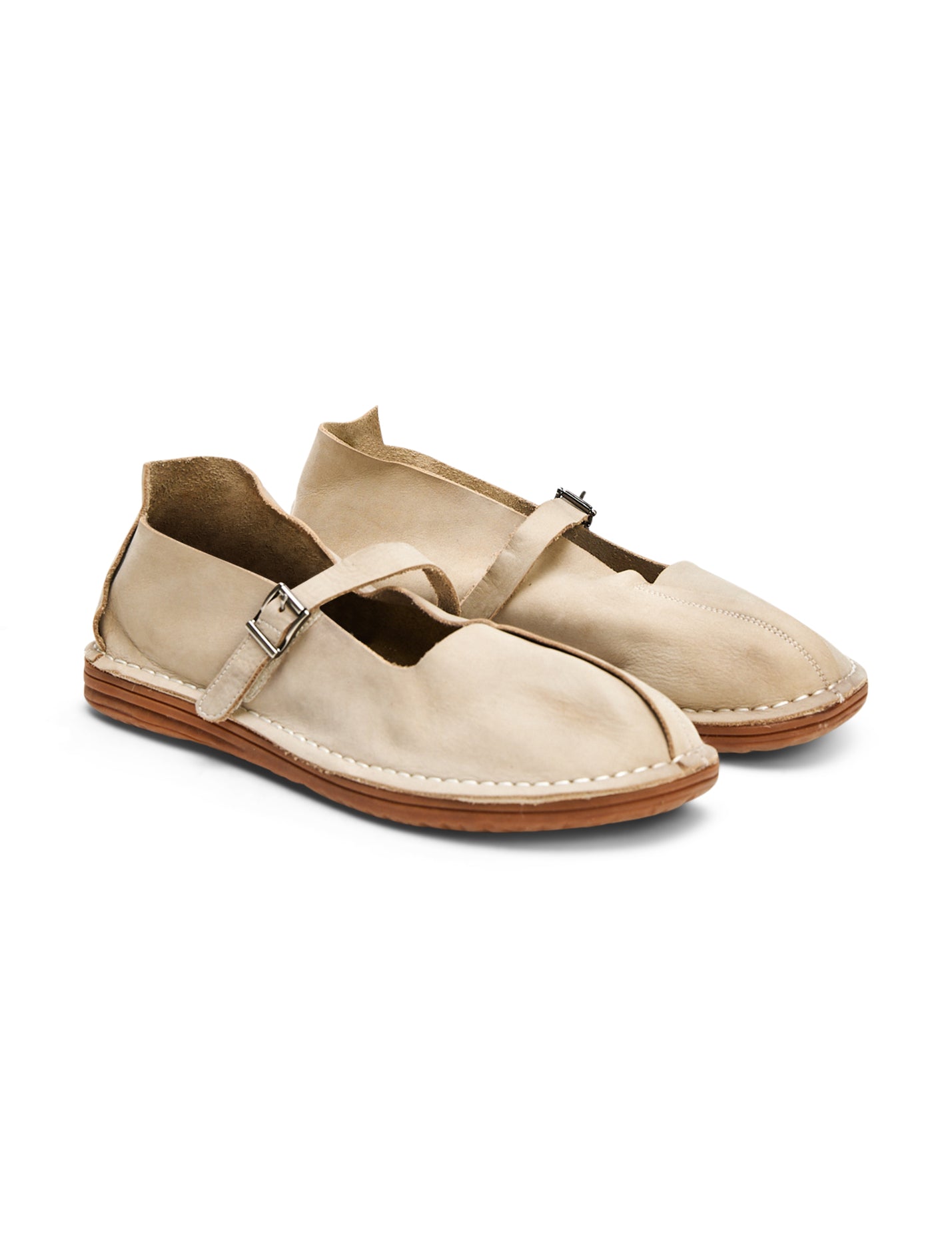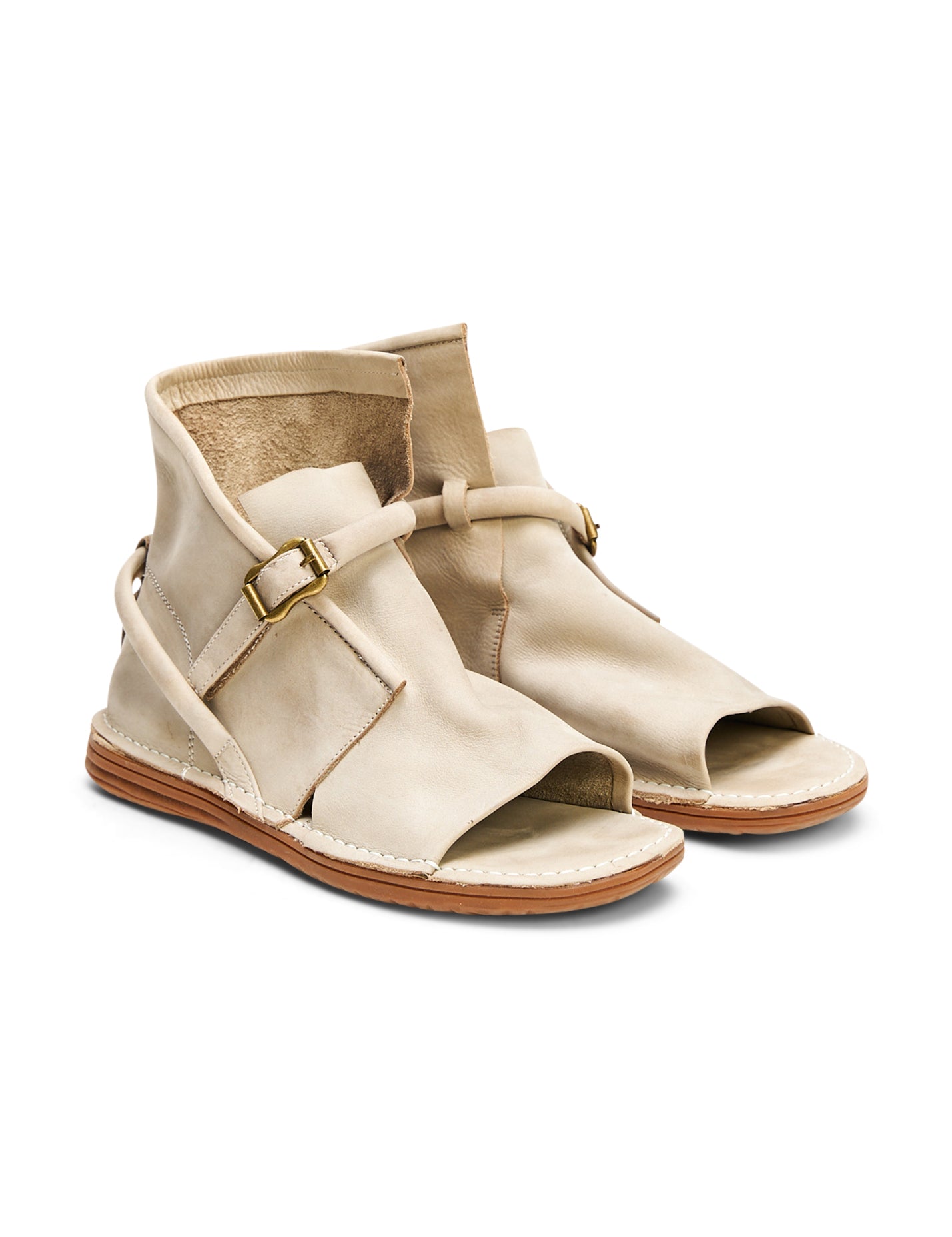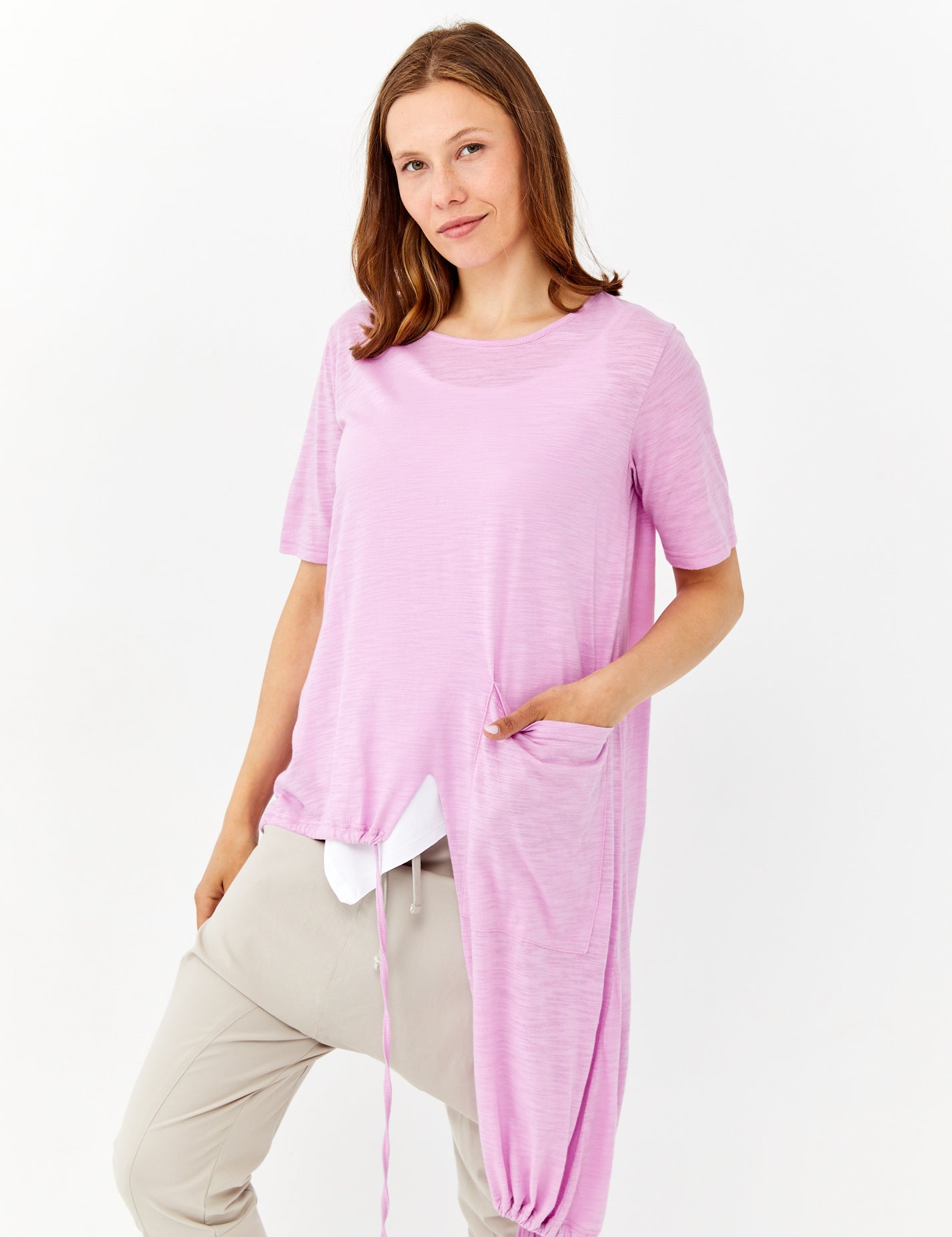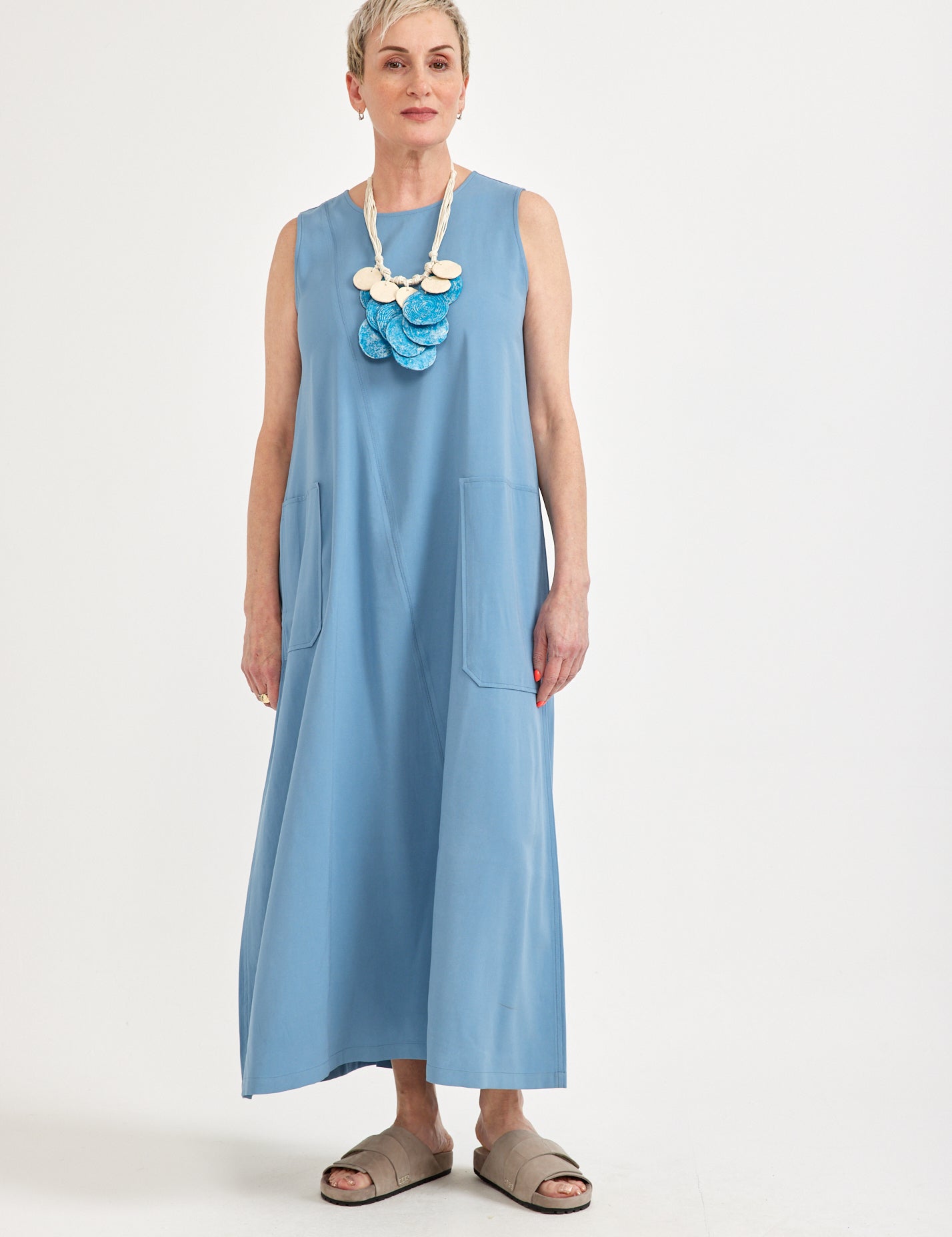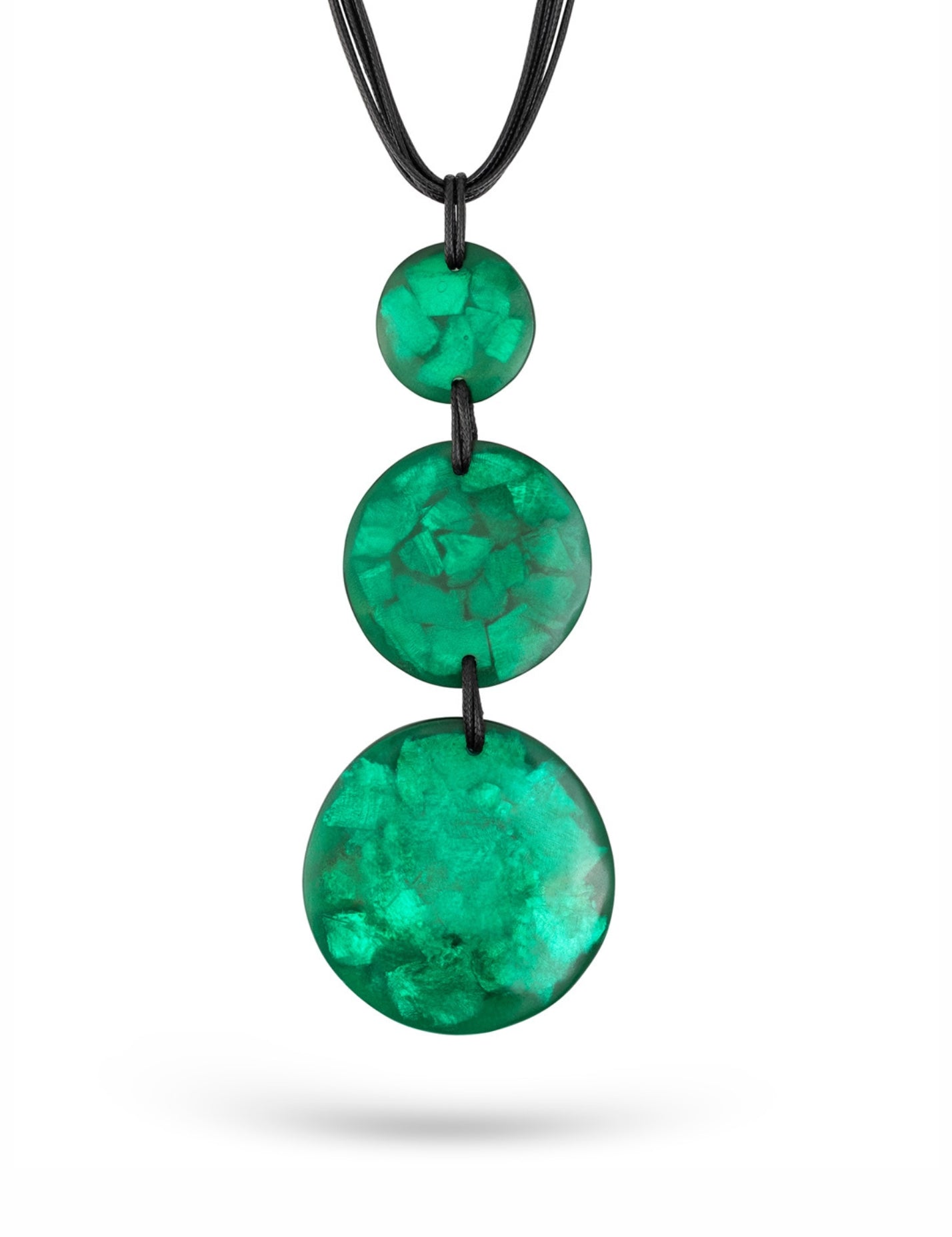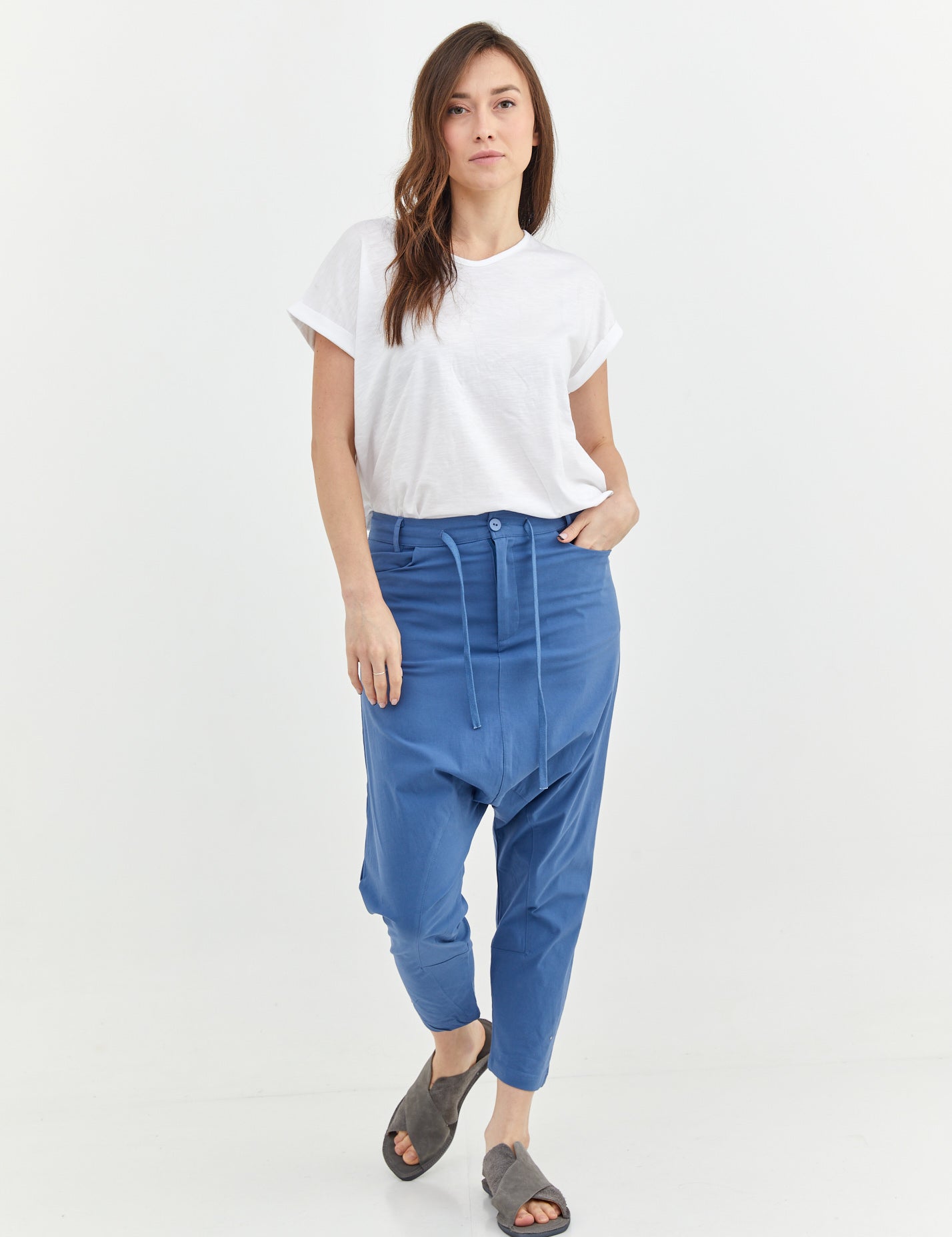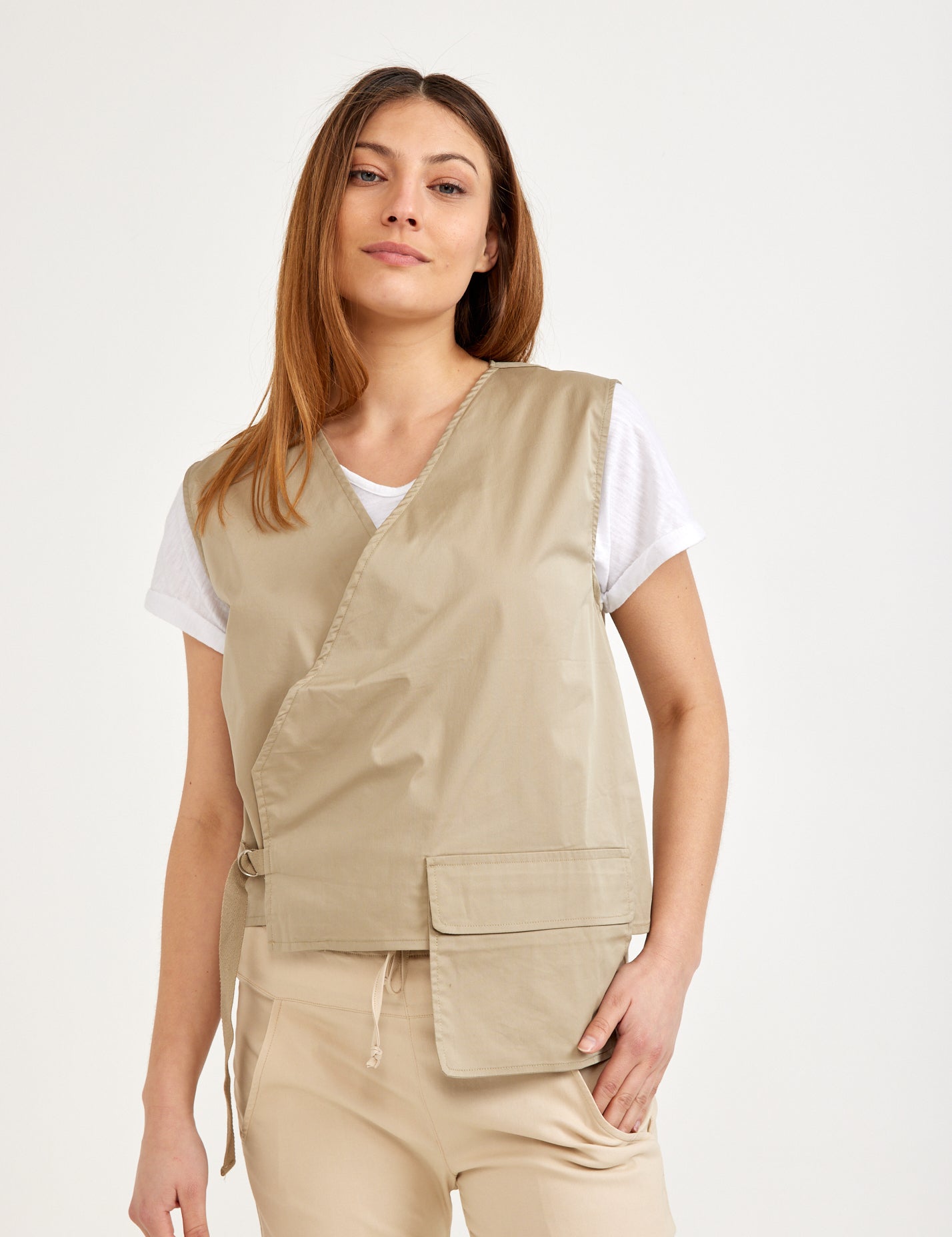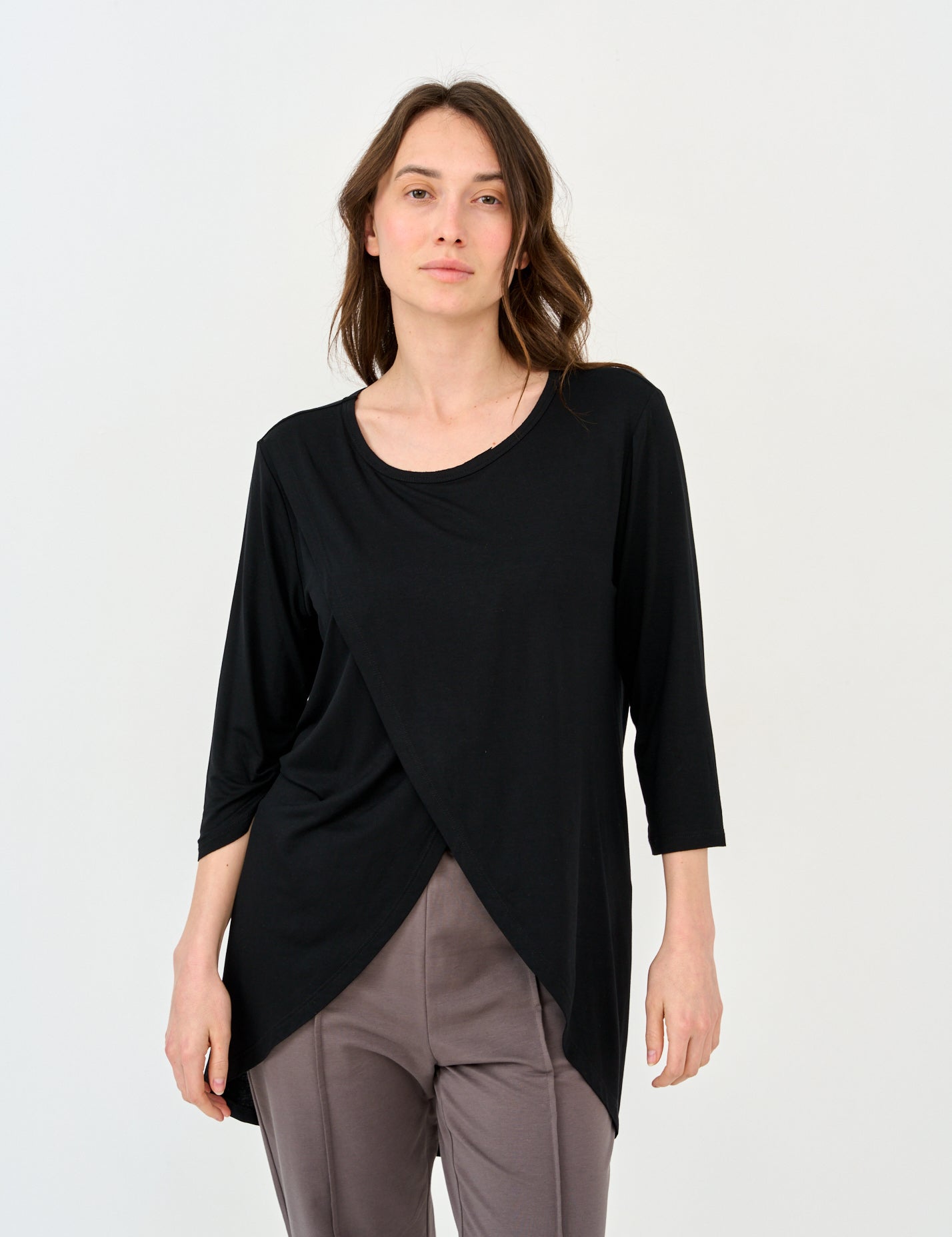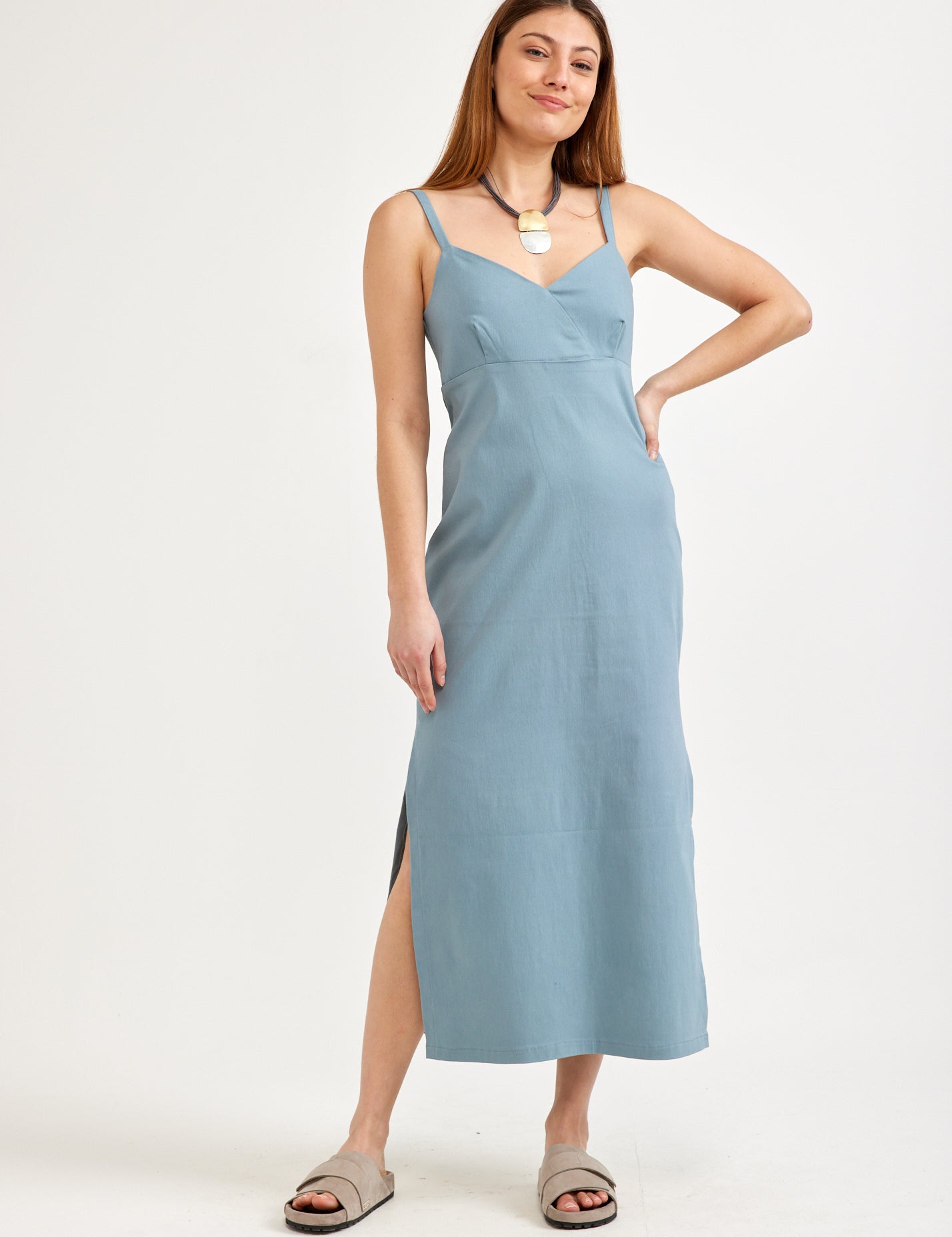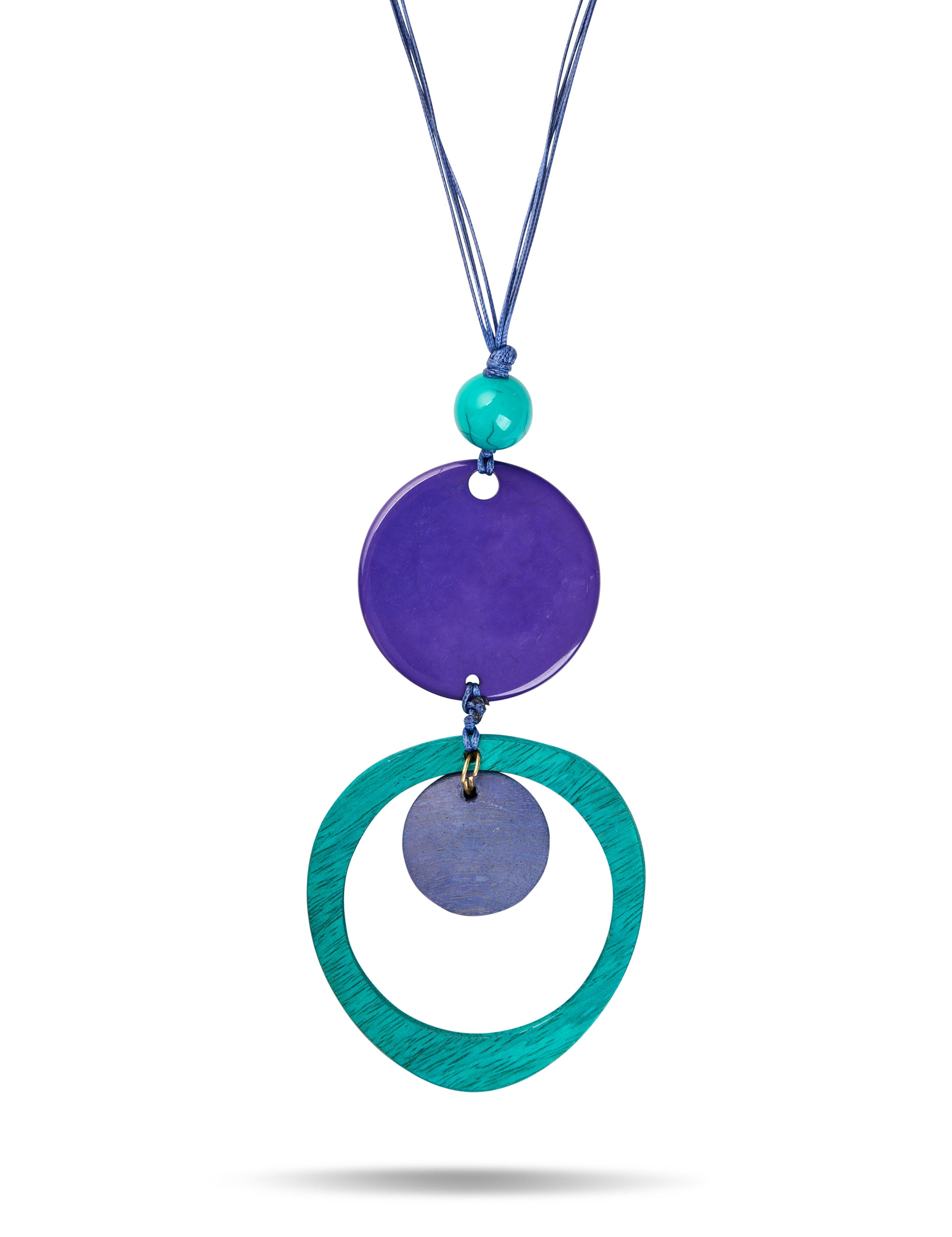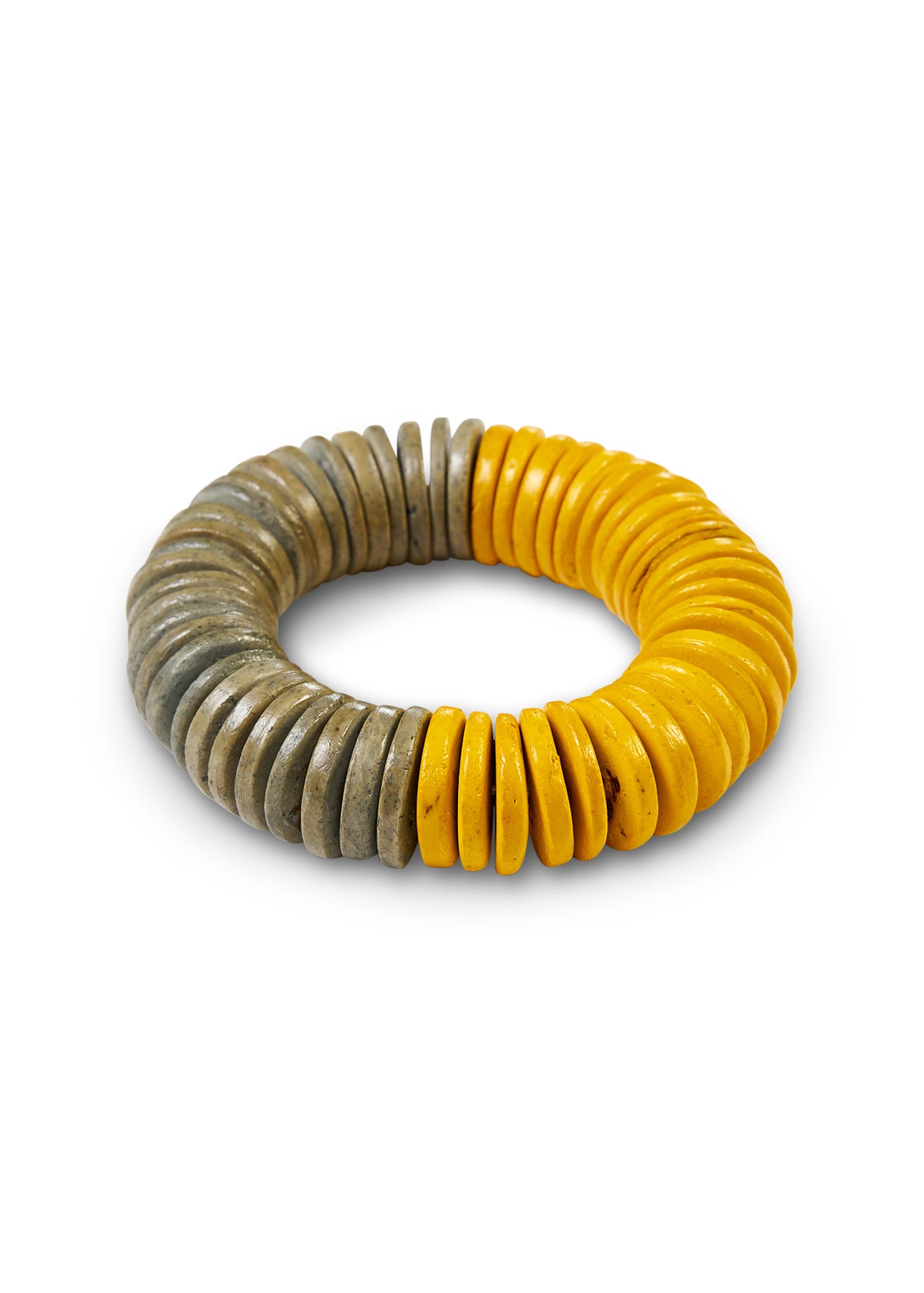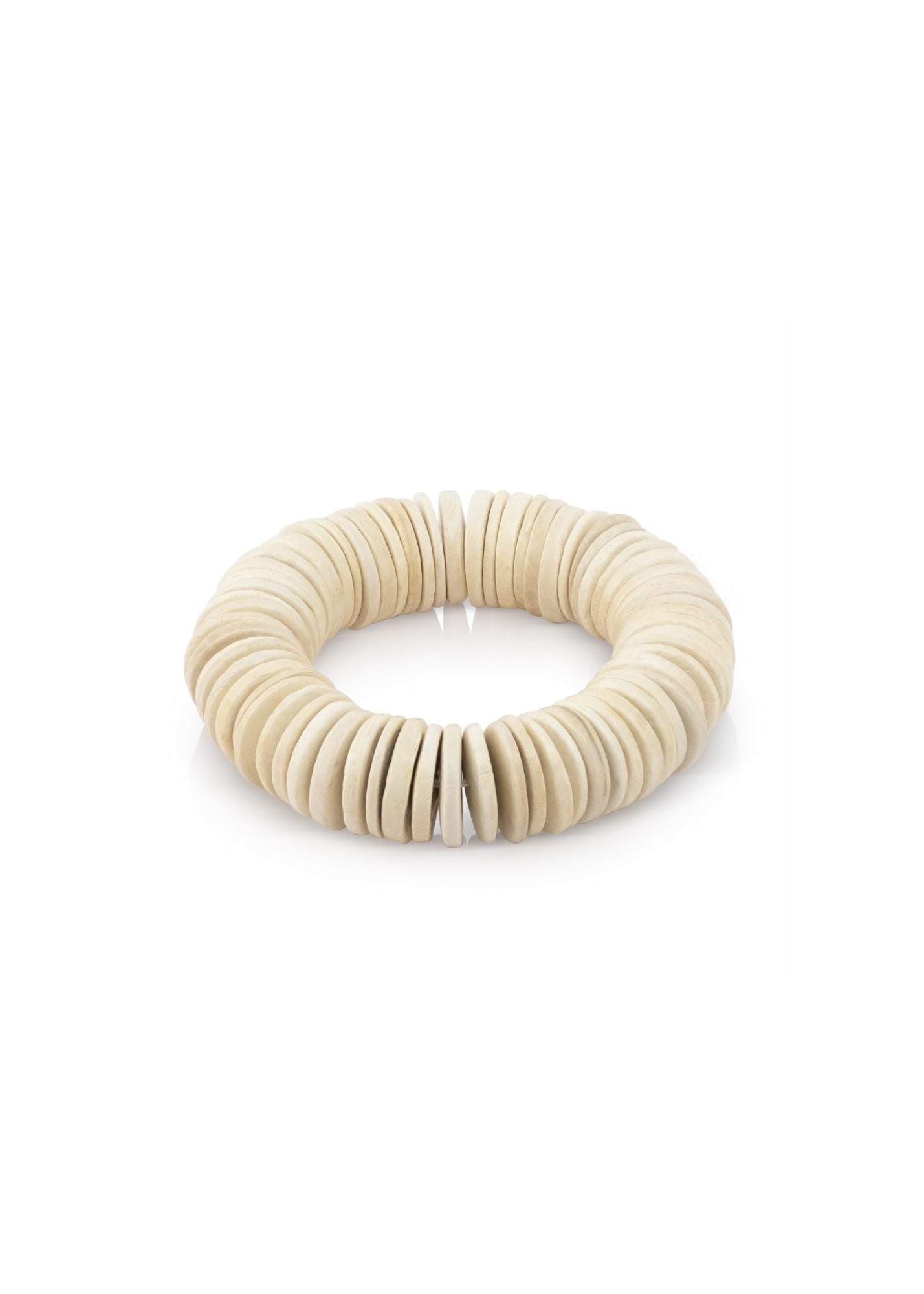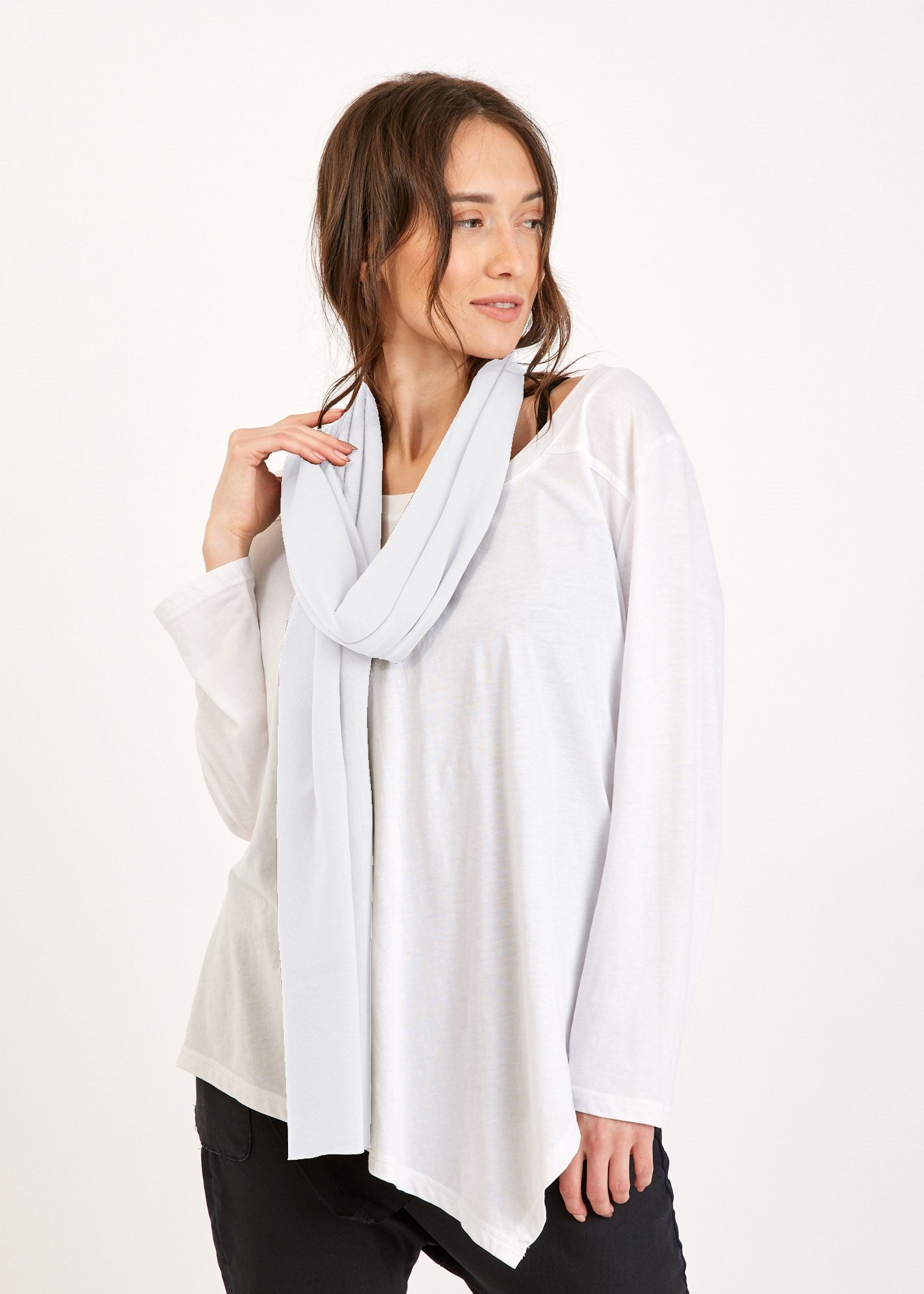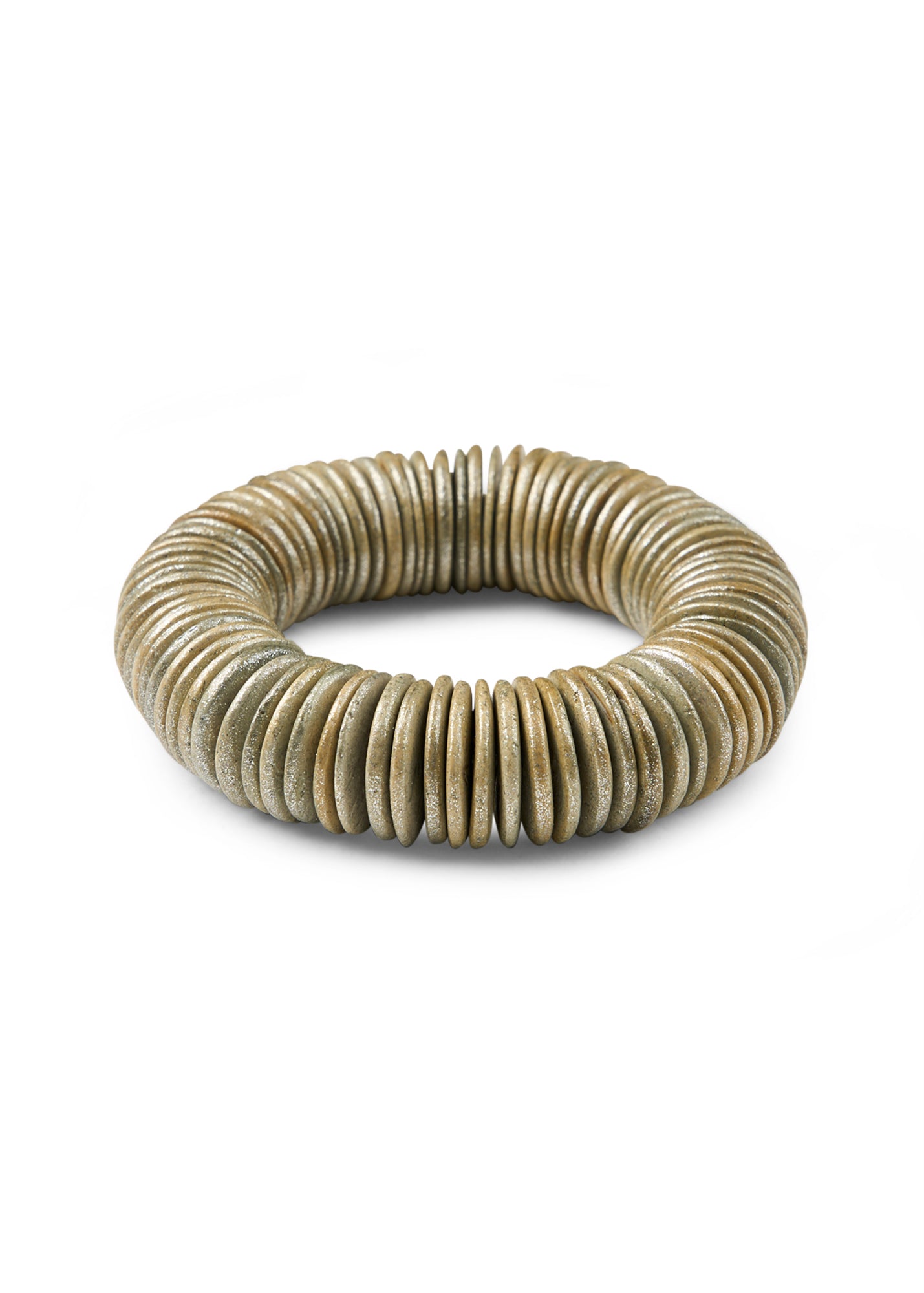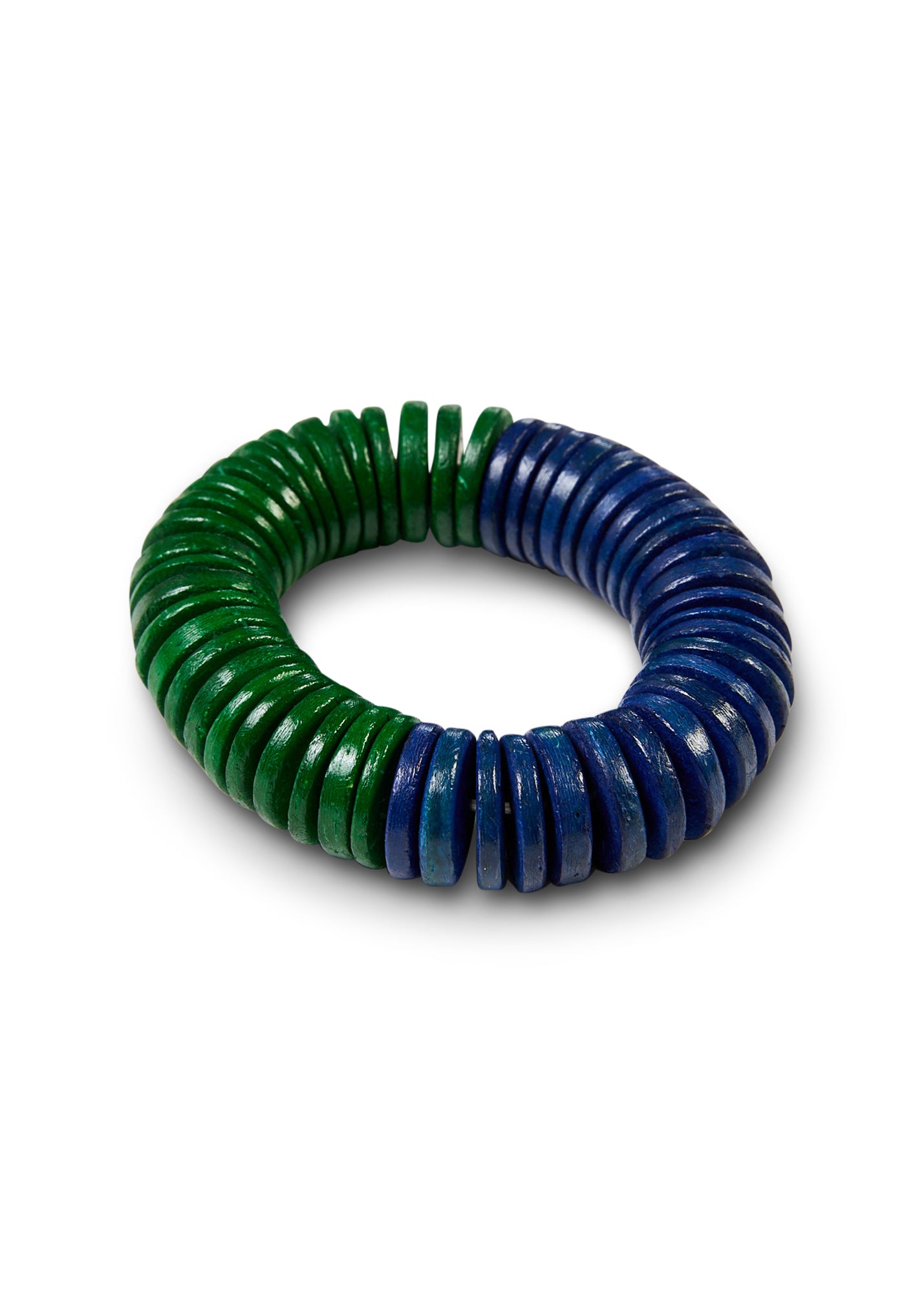Trends vs. Classics: Balancing Contemporary Fashion with Timeless Items
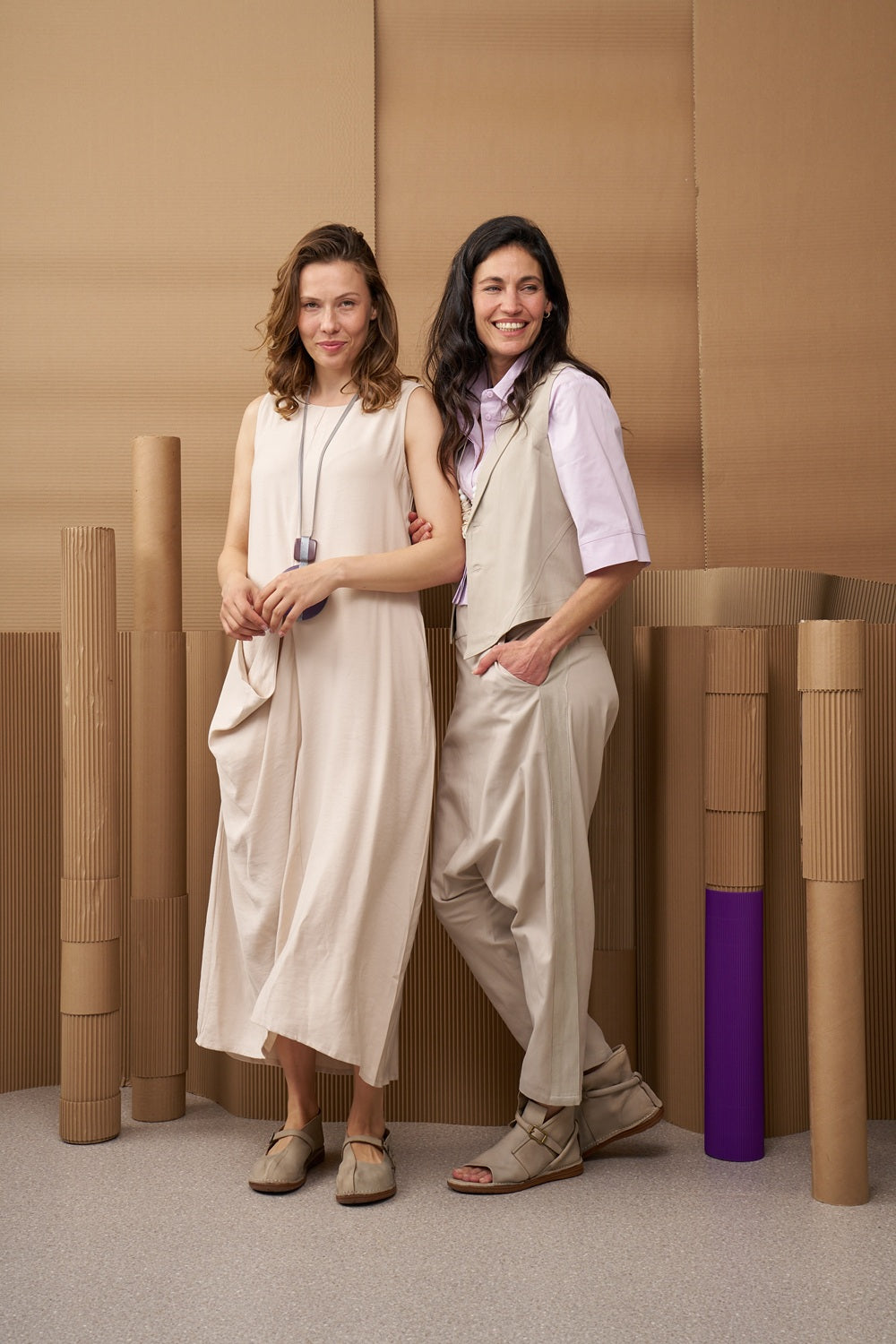
The dilemma between trends and classics is a question we all face every time we buy something new. And to create the ultimate wardrobe, you need to know how to find the perfect balance. Want to know the secret to perfect balance and get inspired? Here's everything you need to know to put together a wardrobe that's both trendy and classic.
Characteristics of trends: temporality, innovation, and excitement
Trends are like waves in the world of fashion and design - they rise quickly, attract attention, and often fade at a similar pace. They are born from a specific social need, the spirit of the times, or technological innovation. One of the most striking characteristics of trends is their ability to arouse immediate excitement. They offer something different, new, sometimes even revolutionary. Trends are also characterized by mass adoption. When you suddenly see everyone wearing the same ripped jeans, or decorating their living room in the same boho-chic style, you know that a trend is at its peak. It can be exciting to be part of the movement, but also frustrating when you suddenly discover that the "unique" item you purchased is in the homes of millions of other people.
Characteristics of classics: durability, quality and lasting relevance
Unlike passing trends, classics are those that stand the test of time. Classics are characterized by uncompromising quality. They were not created to disappear after a season or two, but were designed to last. They often boast fine materials, perfect proportions and attention to detail. This is why you can invest more in them - they return the investment over the years. But their quality is not only expressed in the materials. Classics also offer timeless design, one that is not linked to a specific period.
Why do we want to adopt trends?
The desire for trends is deeply rooted in human psychology. As humans, we have a natural need to belong, to feel part of a group, to know that we are “in,” and embracing trends provides that feeling.
Along with the need to belong, we also have a desire to renew and refresh ourselves. Trends offer us an easy way to do this. When you adopt a new trend - whether it's a hair color, an item of clothing, or a home decor style - you feel like you've been renewed, even if only temporarily.
There is also the social aspect - trends serve as social markers. They symbolize status, cultural awareness and sometimes even political stance. If you love fashion, you probably want to stay up to date with trends and incorporate them into your appearance. However, in order to avoid becoming a fashion victim, it is important to know how to do it right.
The right balance: when to choose trends and when classics?
Deciding when to embrace a trend and when to invest in a classic isn't always easy. You need to understand your personal needs, lifestyle, and long-term goals when it comes to style and investment.
The advantages and disadvantages of each approach
Trends have their instant appeal - they refresh your wardrobe or home, add a contemporary touch and allow you to experiment with new styles without a long-term commitment. On the other hand, trends can be expensive in the long run. When they pass, you're left with items that are no longer relevant.
Classics, on the other hand, offer stability and certainty. They are usually a smarter investment financially because they are relevant over time. The main disadvantage of relying solely on classics is that your style can seem too conservative or even boring. Without occasional refreshment, you can get stuck in a stylistic fix.
Budget and time frame considerations when choosing between trends and classics
Budget is a deciding factor in deciding whether to embrace a trend or invest in a classic. With a limited budget, you'll want to invest in items that will last you a long time. This is the place to invest in classics like a quality coat or a good leather bag.
This doesn't mean you have to give up on trends altogether. You can embrace them in a smarter way - through cheaper items that won't hurt your pocket if they go out of style, or through accessories that can be easily replaced. It's also worth thinking about the time frame, how long you plan to use the item for? A dress for a one-off event can be trendier, but a coat that's supposed to serve you for ten years should be more classic.
The influence of age, lifestyle and personality on our choices
Age has an effect, and there's no denying it. Young people tend to experiment more, take fashion risks, and embrace trends more quickly. It's a natural part of the identity-forming process. As you get older, you tend to develop a stronger sense of personal style and lean more toward the classics, with trends as mere additions.
Lifestyle also plays a role. Someone who works in a conservative environment like a law firm will need more classics than someone who works in the fashion or tech industries. Similarly, someone who is in frequent transitions—moving, gaining weight, or changing marital status—may want to invest less in long-term items.
And finally, your personality. Some people like stability and security, so they will lean towards the classic. Others are excited by changes and refresh their wardrobe or home every season. There is no right or wrong approach - the main thing is that it matches who you really are.
Personalization: How to find the balance that's right for you?
Finding the right balance between trends and classics is a personal process that requires trial and error. What works for your company may not necessarily work for you, and that’s okay. It’s worth starting by mapping out the items you truly love and use frequently. Which ones are classic and which are trendy? Is there a pattern? Do you find yourself always going back to the same basics, or do you enjoy variety and novelty?
How to identify whether something is a passing trend or a future classic?
One of the most challenging questions is how to distinguish between a passing trend and something that has the potential to become a classic. Trends that have the potential to become classics tend to be those that combine innovation with high functionality. They meet a real need, not just a momentary aesthetic whim. Such trends are also often characterized by a clean and universal design, not clearly tied to a particular period. They are suitable for a variety of styles and situations, and do not require a complete change of the environment to fit in.
Another sign is whether the trend is embraced by a wide range of people—not just a specific group or subculture. A trend that manages to cross boundaries of age, gender, culture, and social class has a higher chance of becoming a classic.
The Last Word: Embrace the Perfect Balance
Balancing trends and classics is truly a personal art. . There is no one-size-fits-all formula - the secret is to mix and match wisely. Invest in quality classics as a base, and refresh with trends that reflect your personality. . Listen to your intuition, it is the most accurate guide to the style that is right for you. . Ultimately, your choice also reflects values of sustainability, conscious consumption, and smart investment. . With attention, you can create a current, personal, and timeless style that will serve you over time. Come find your inspiration.


